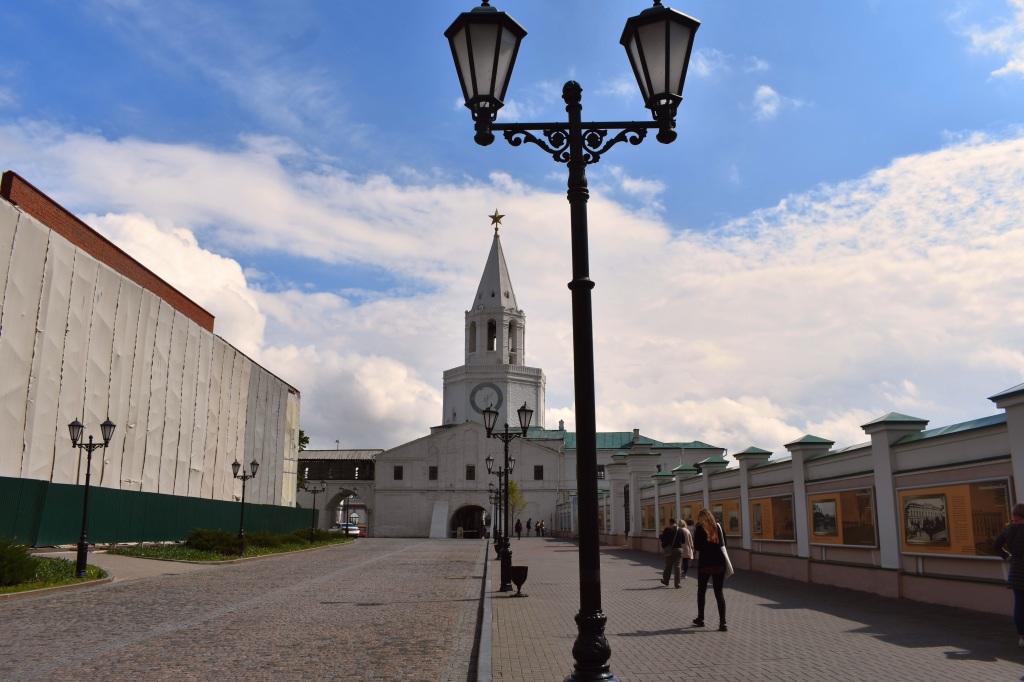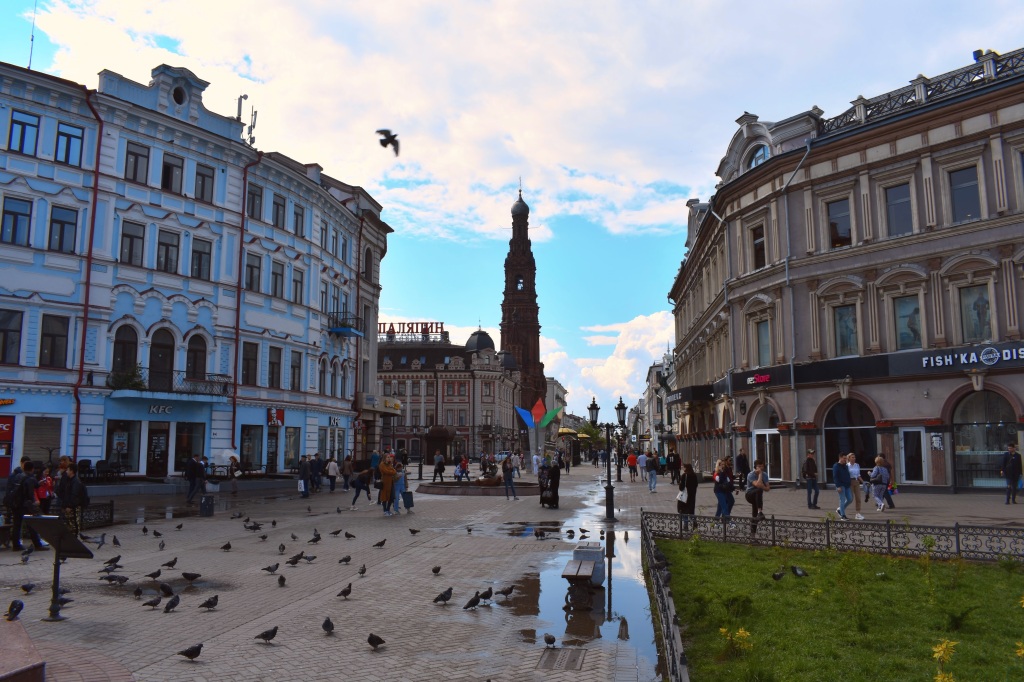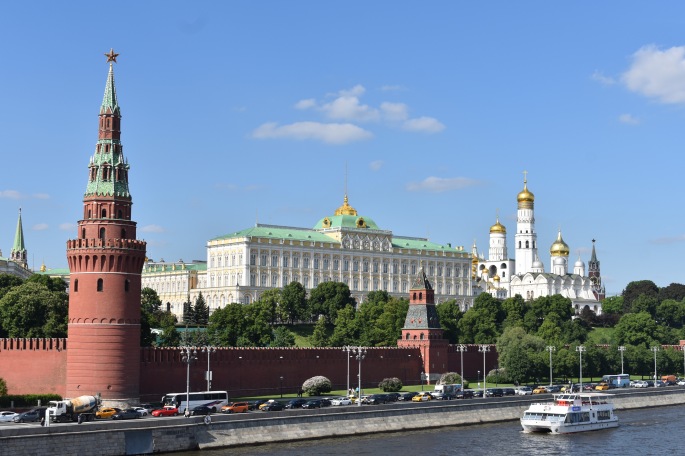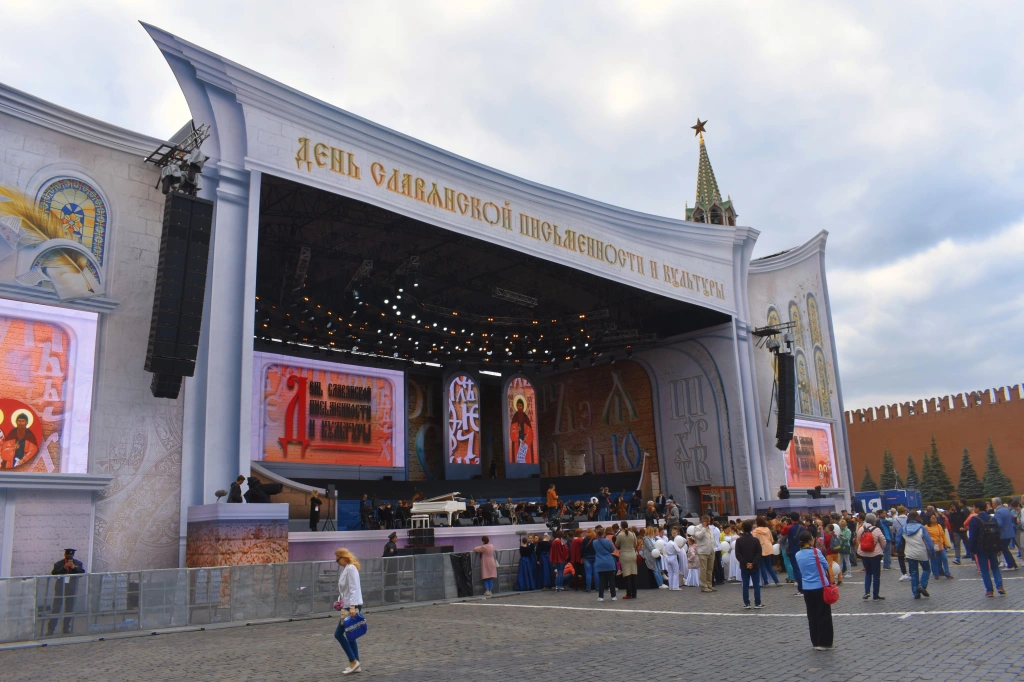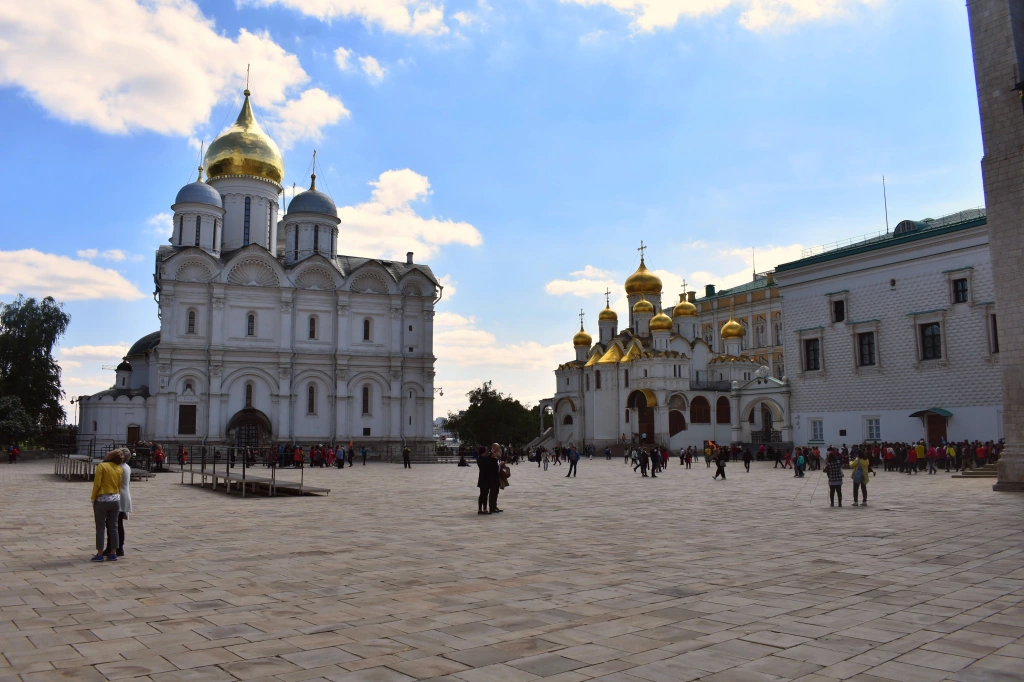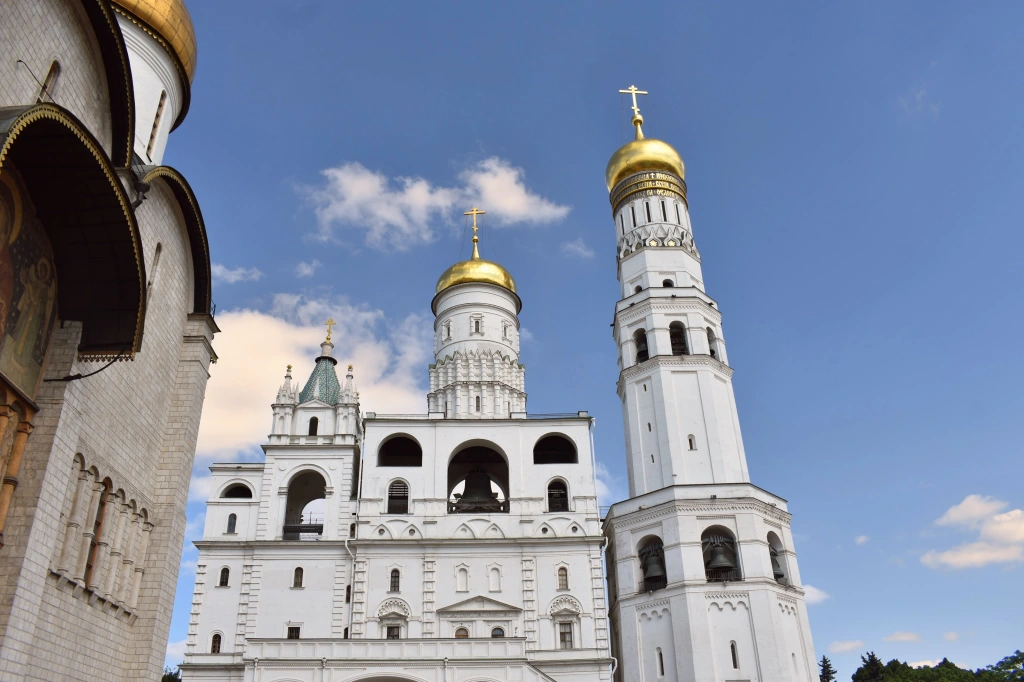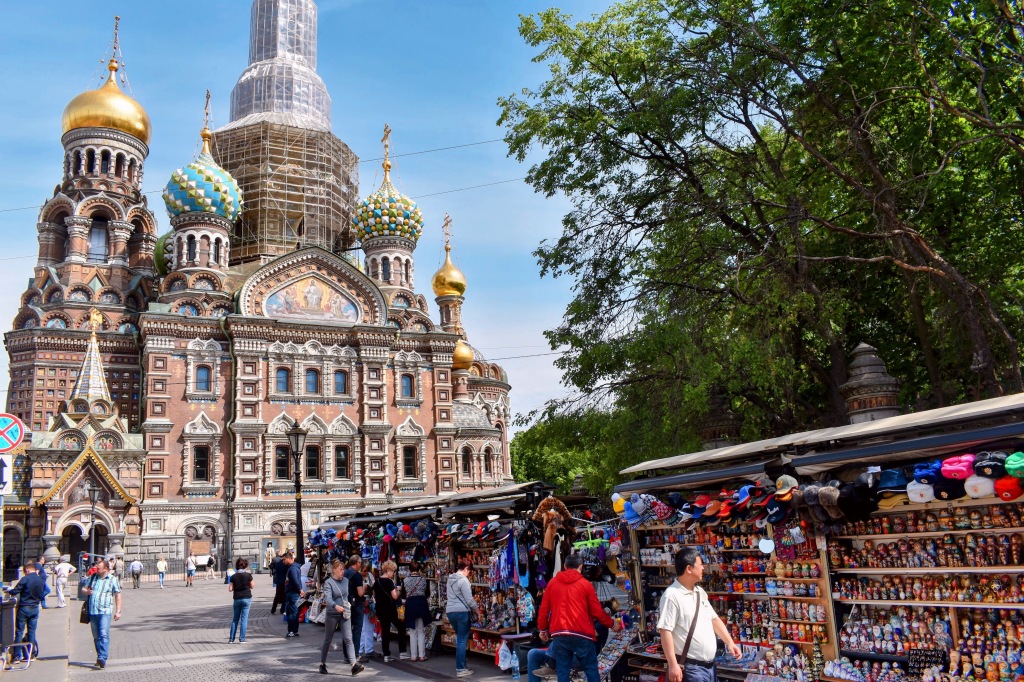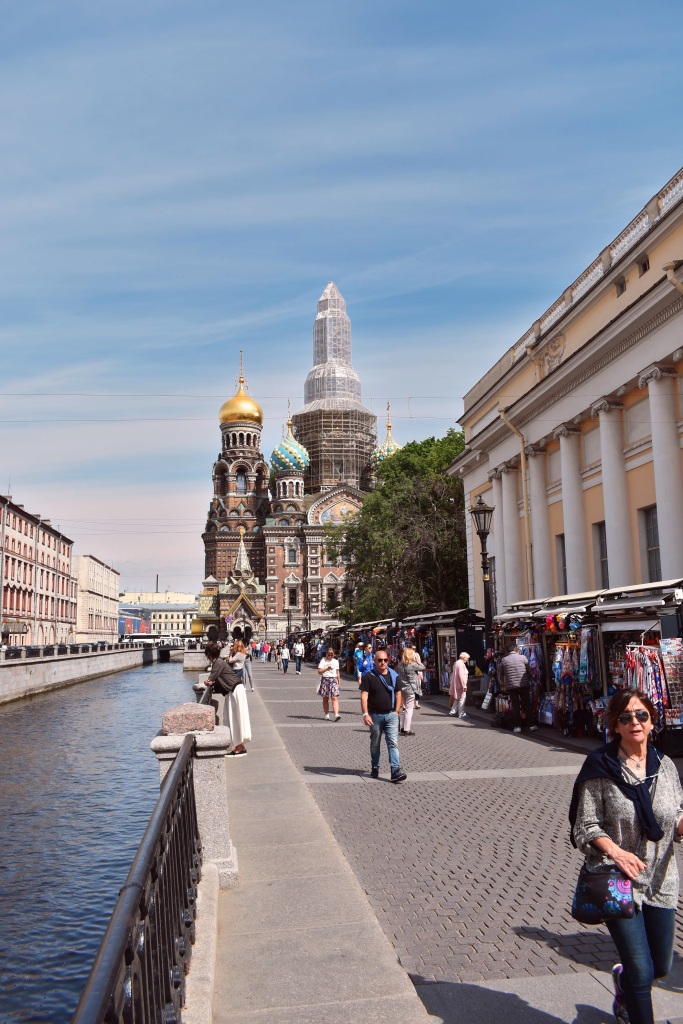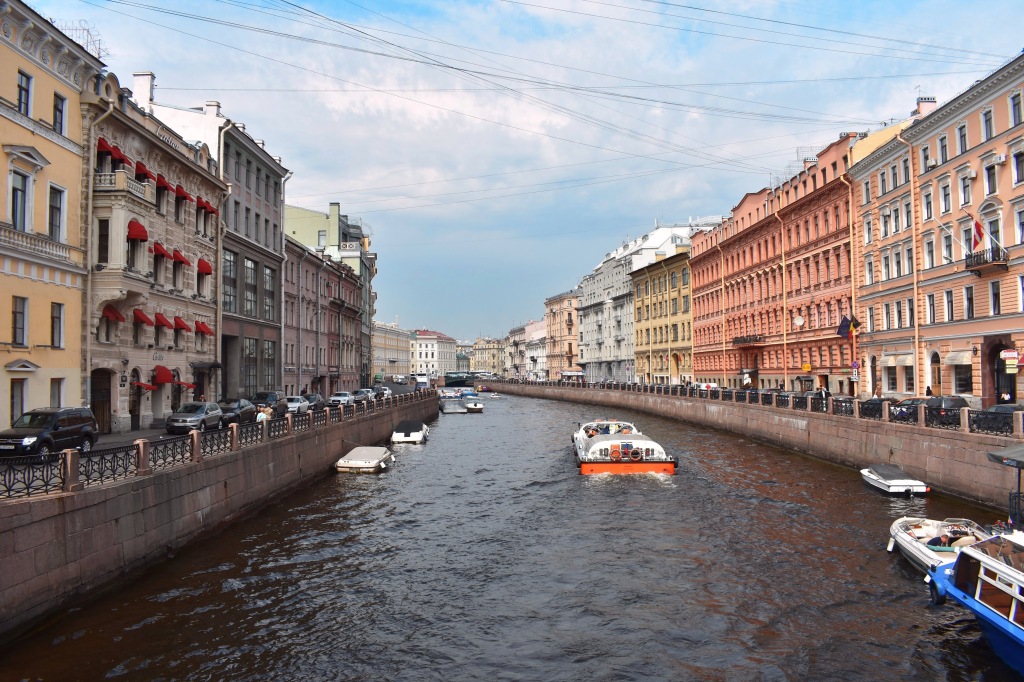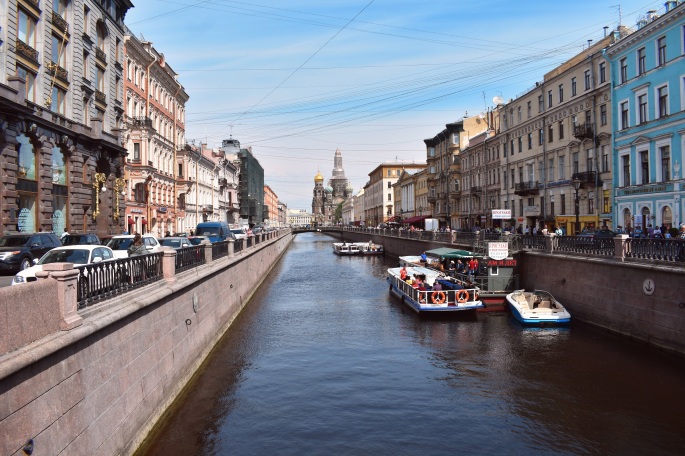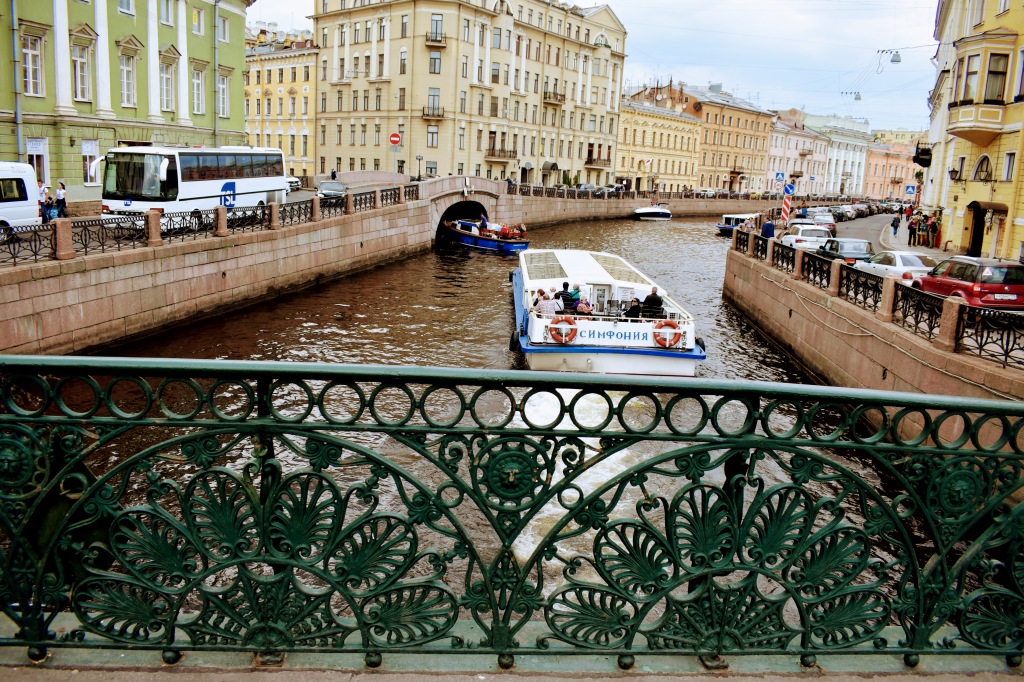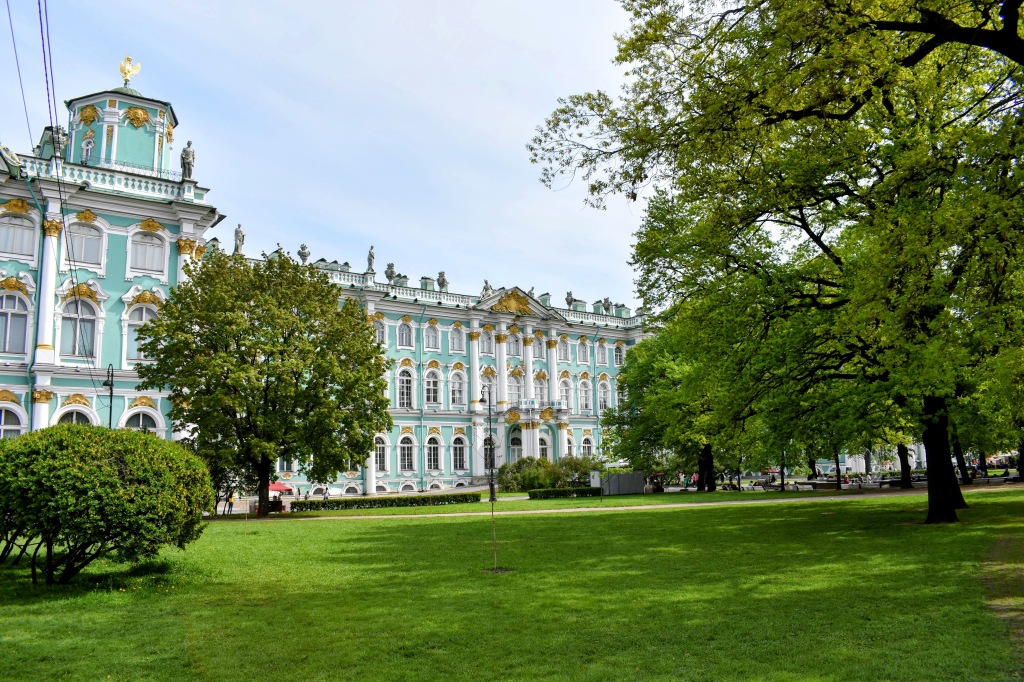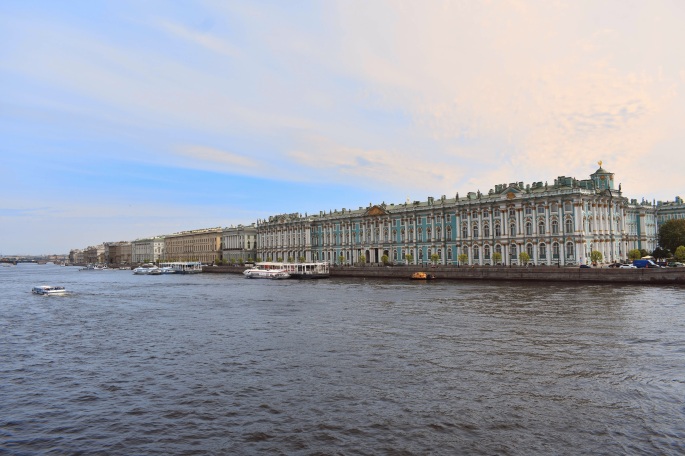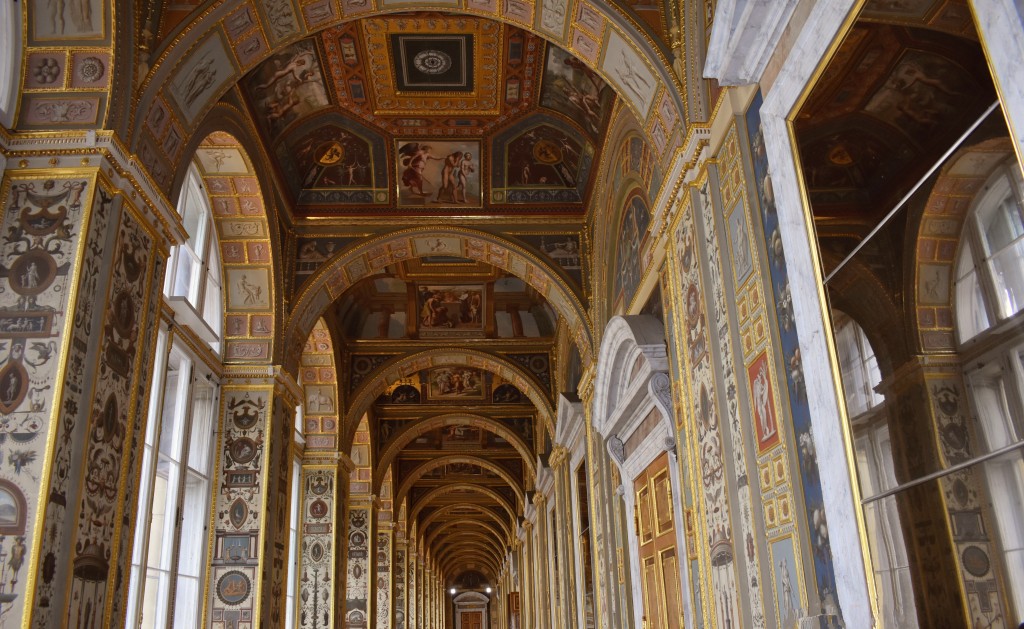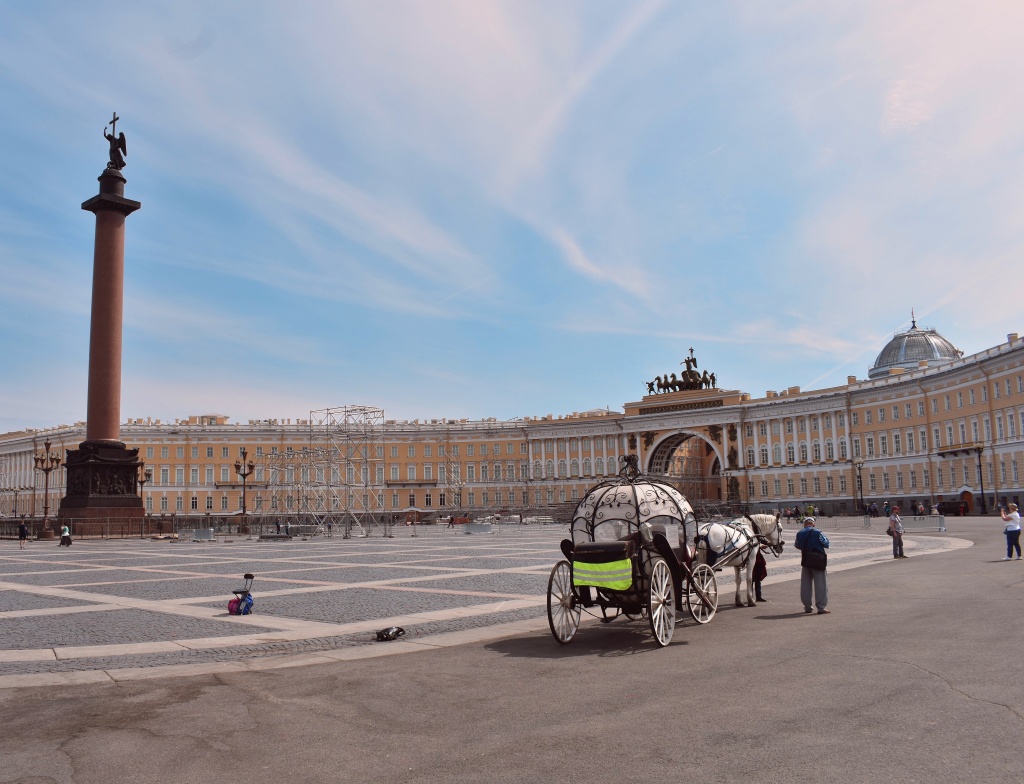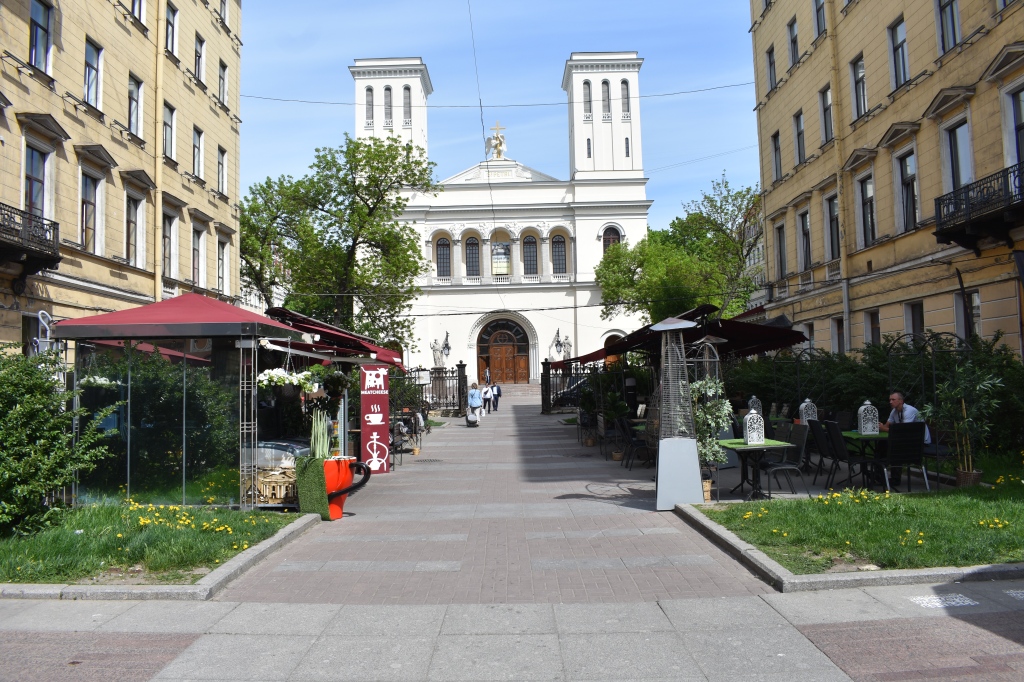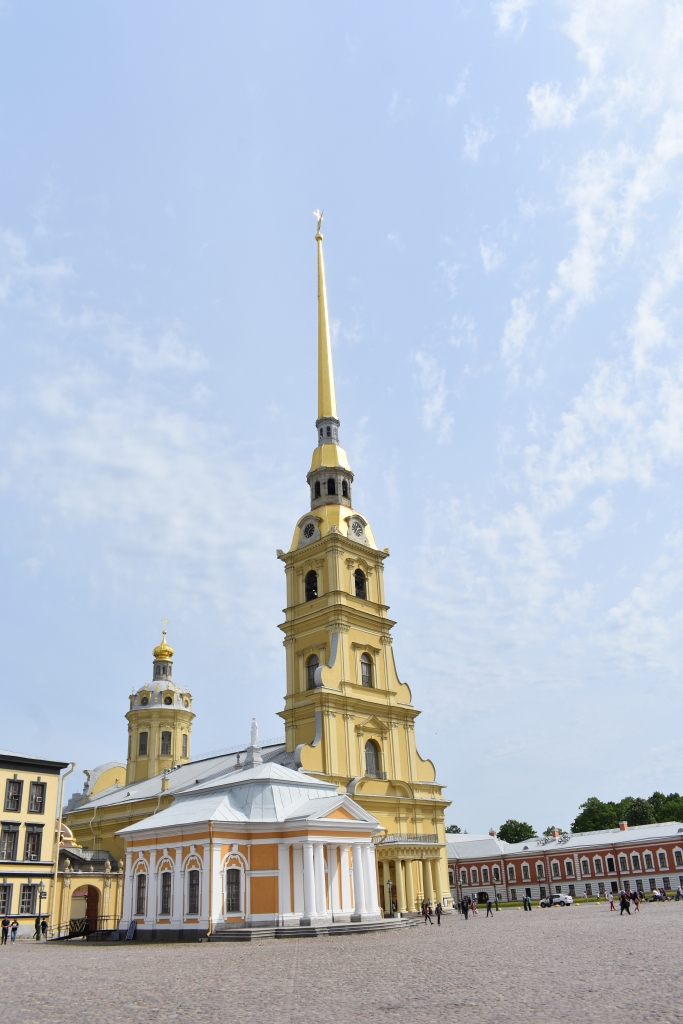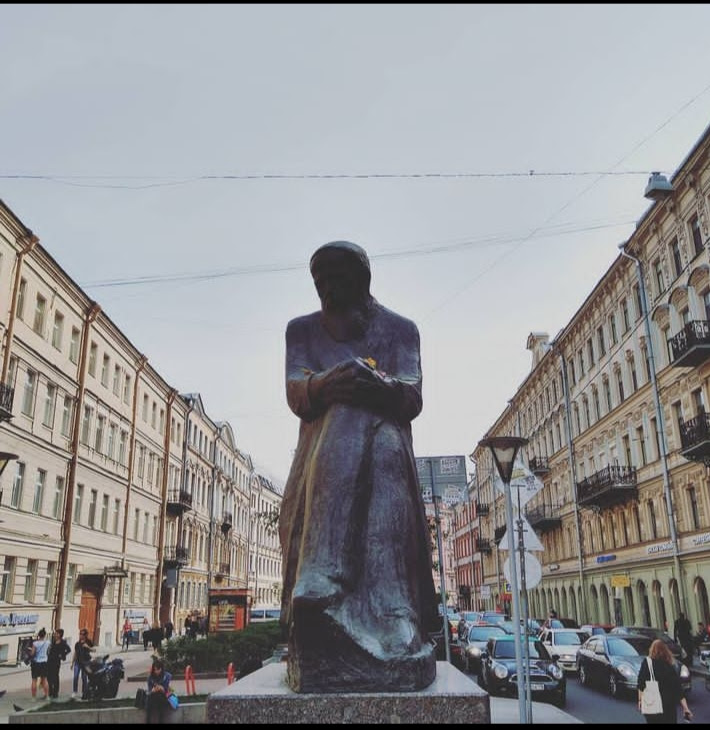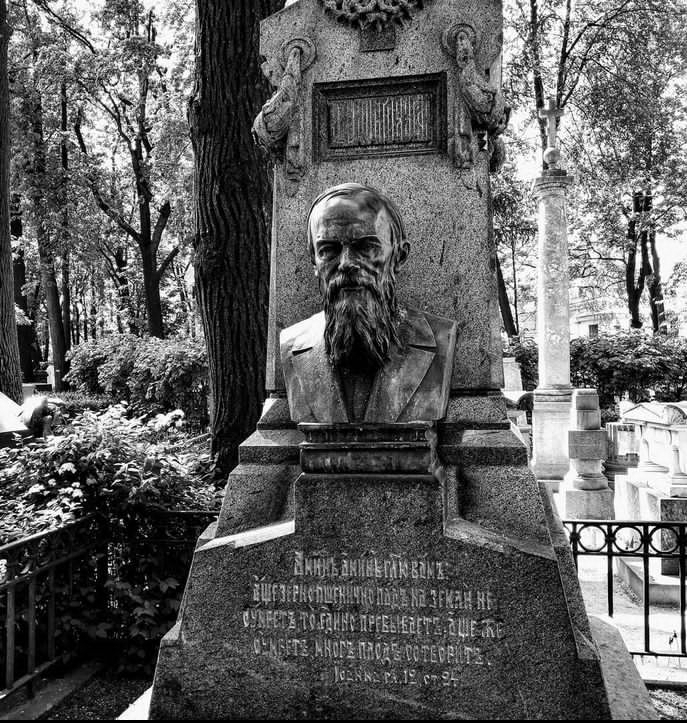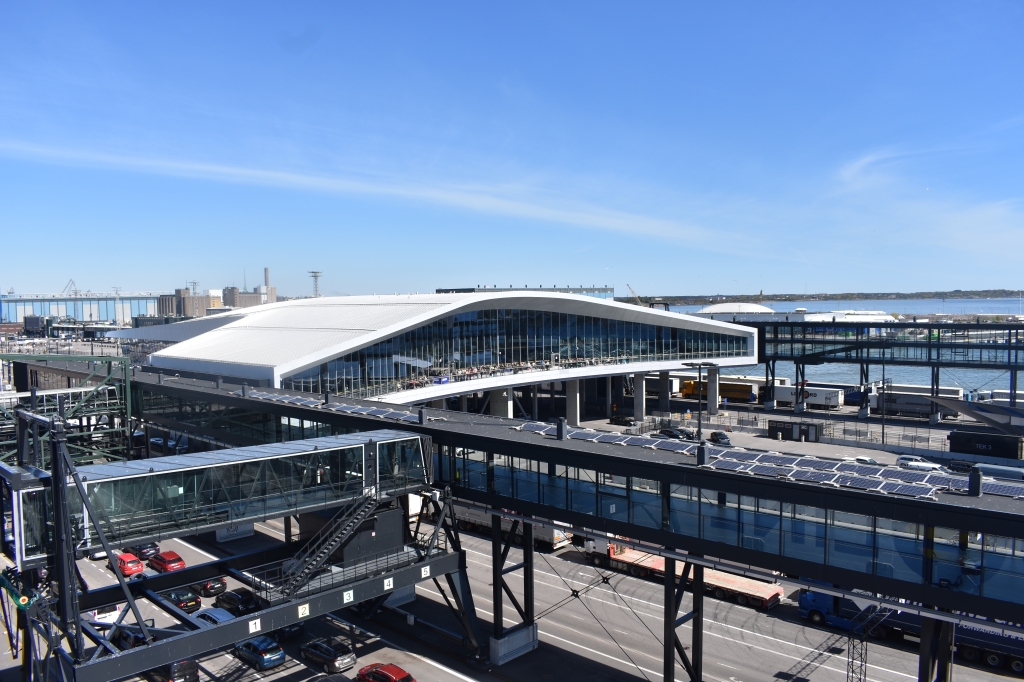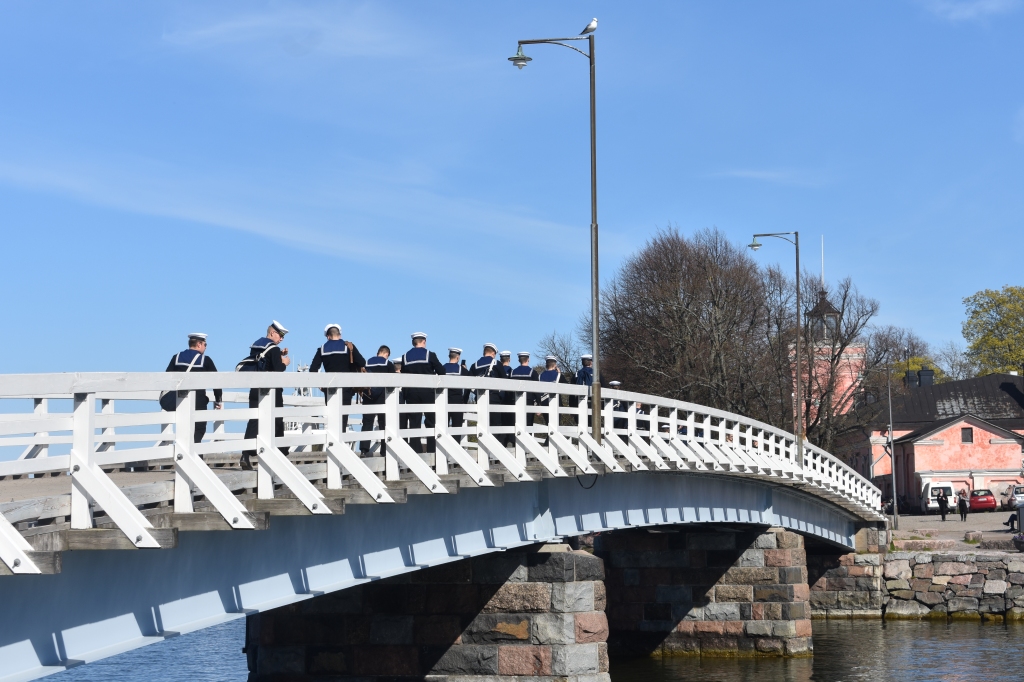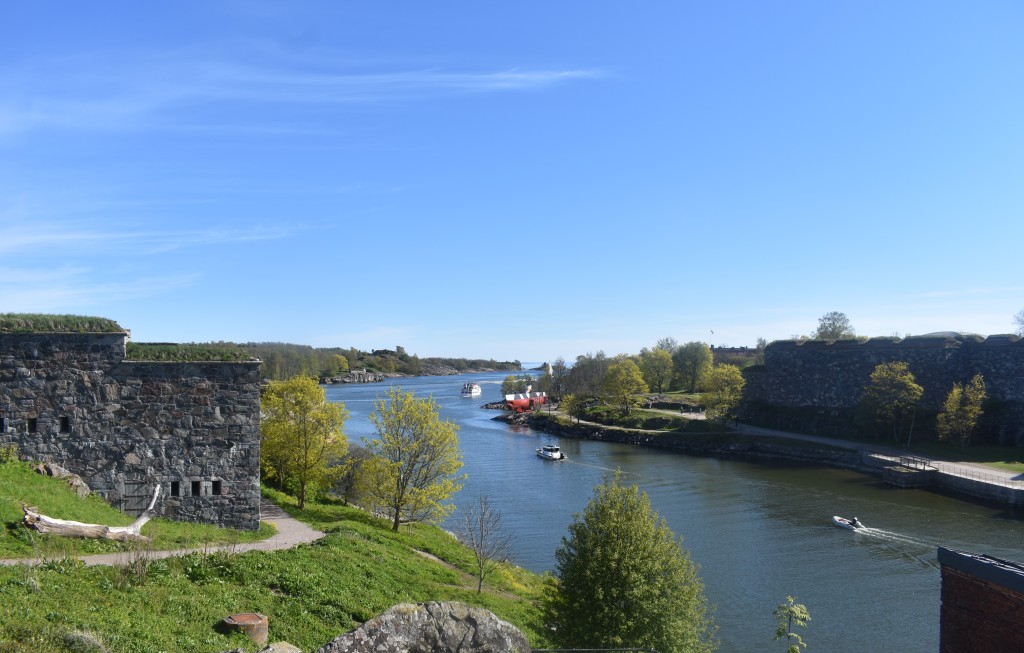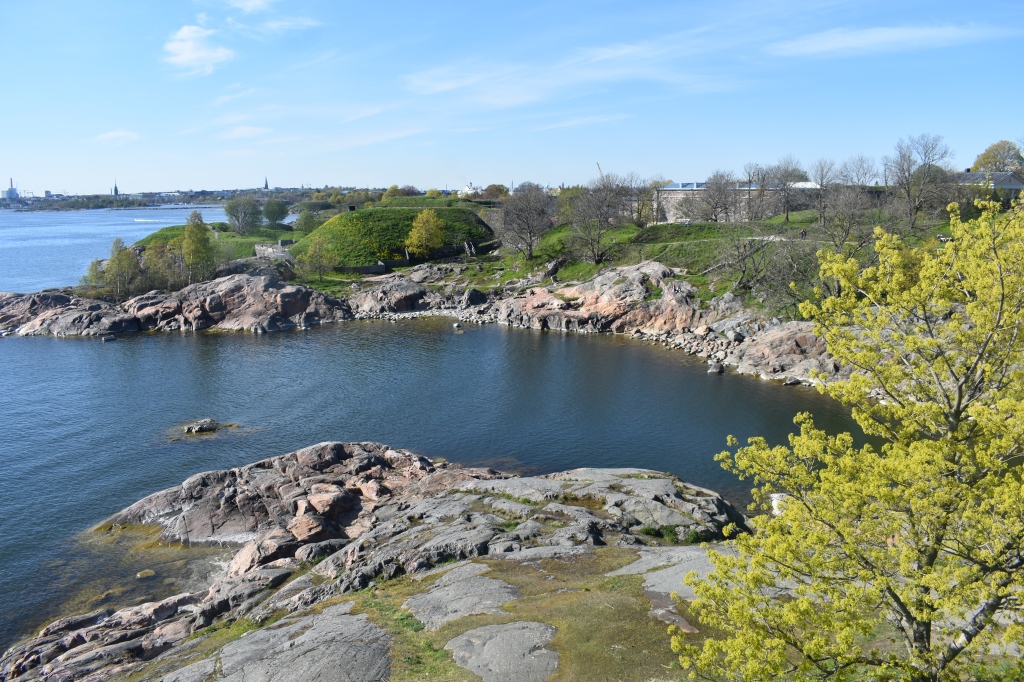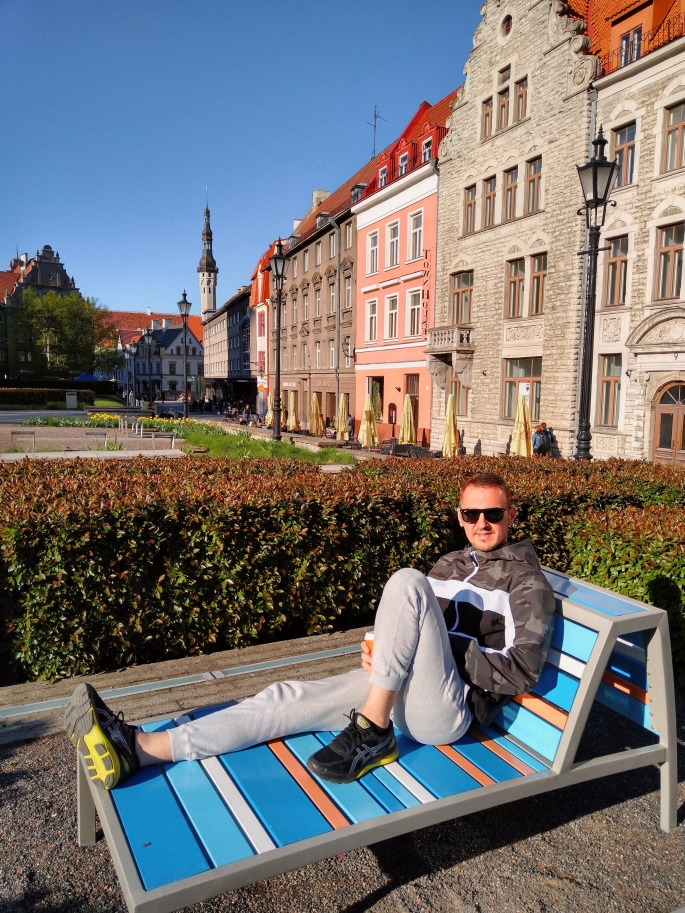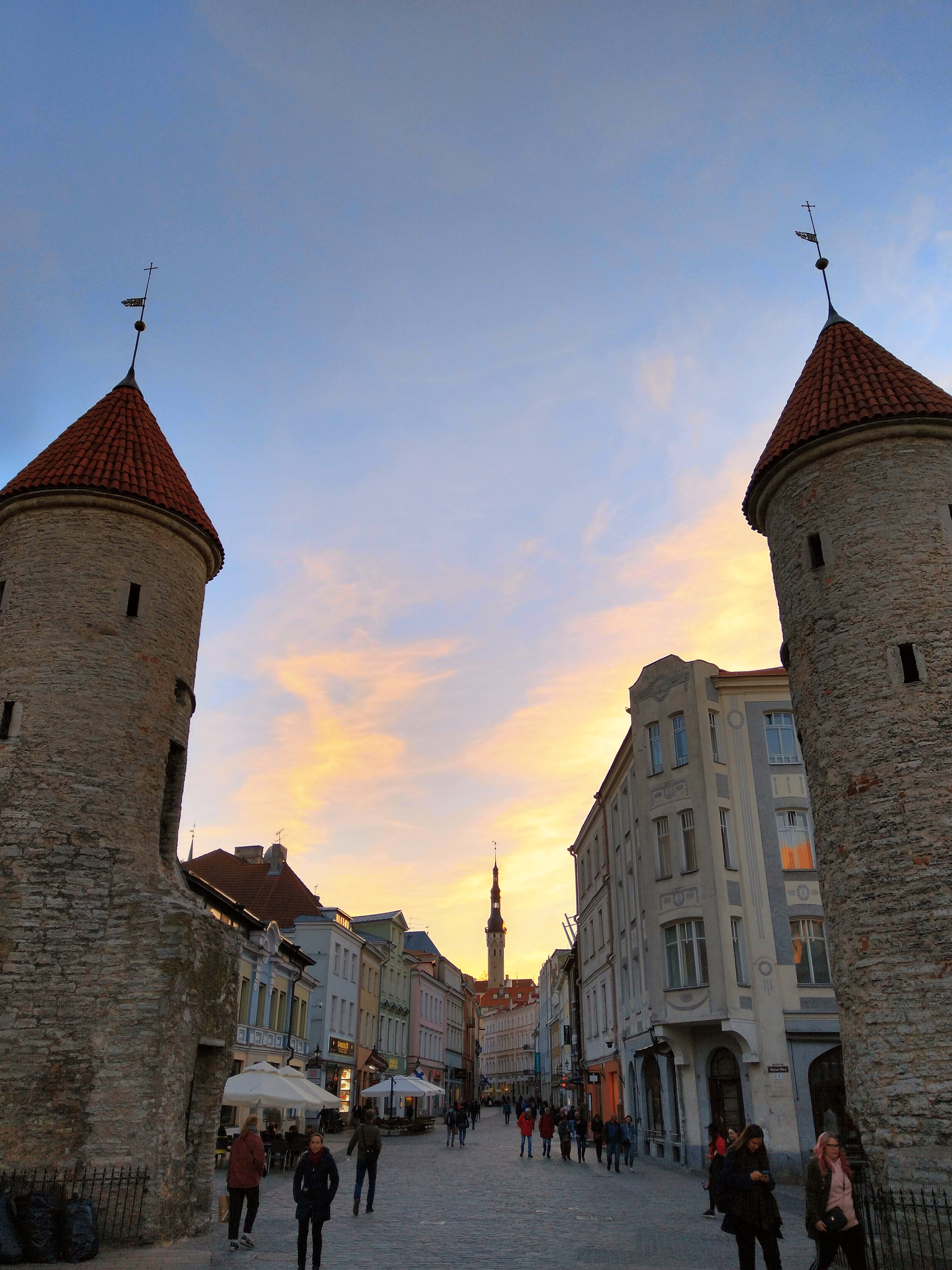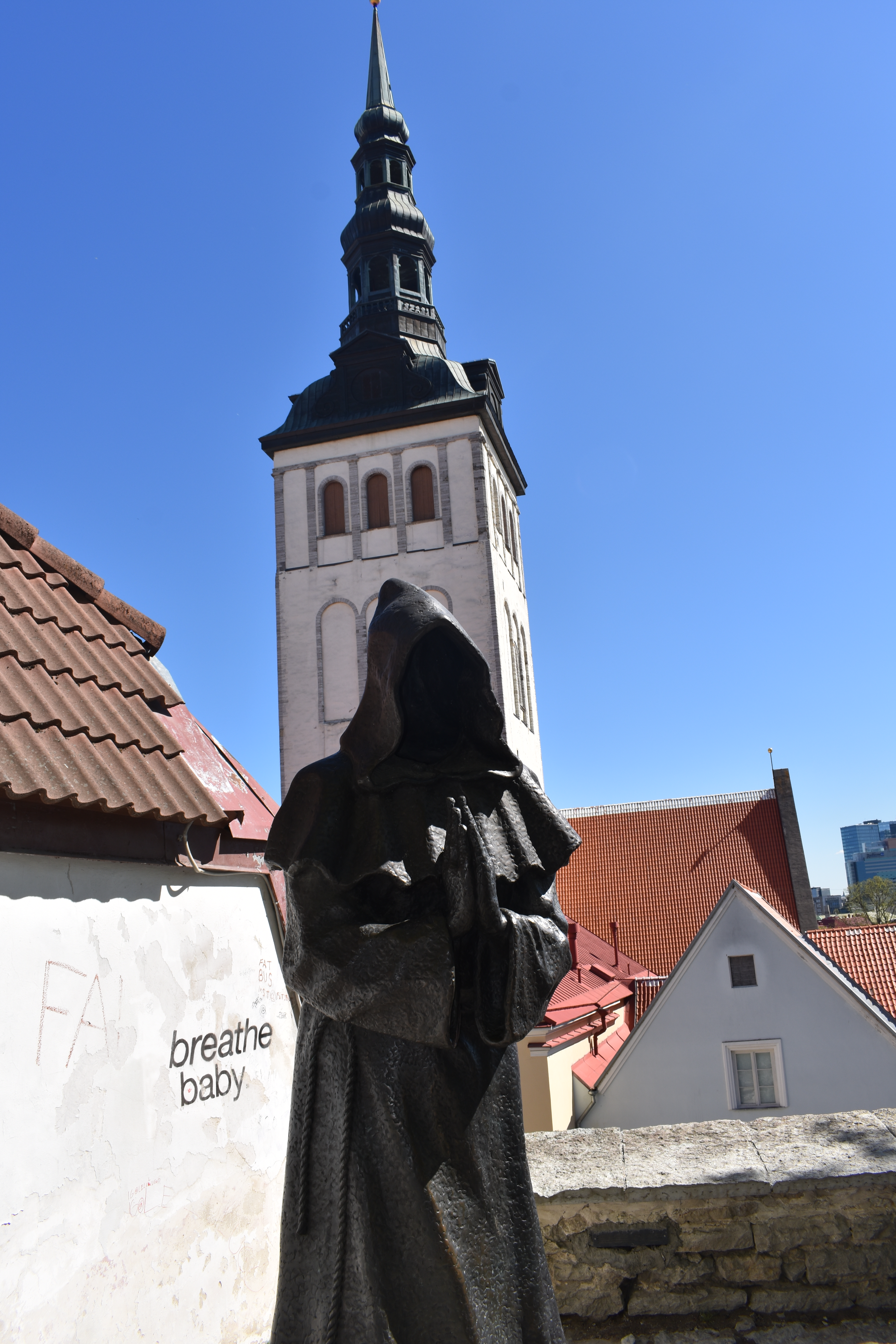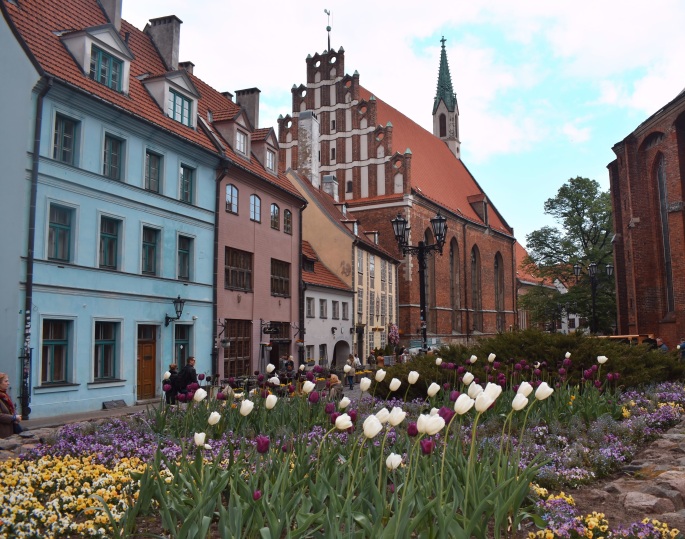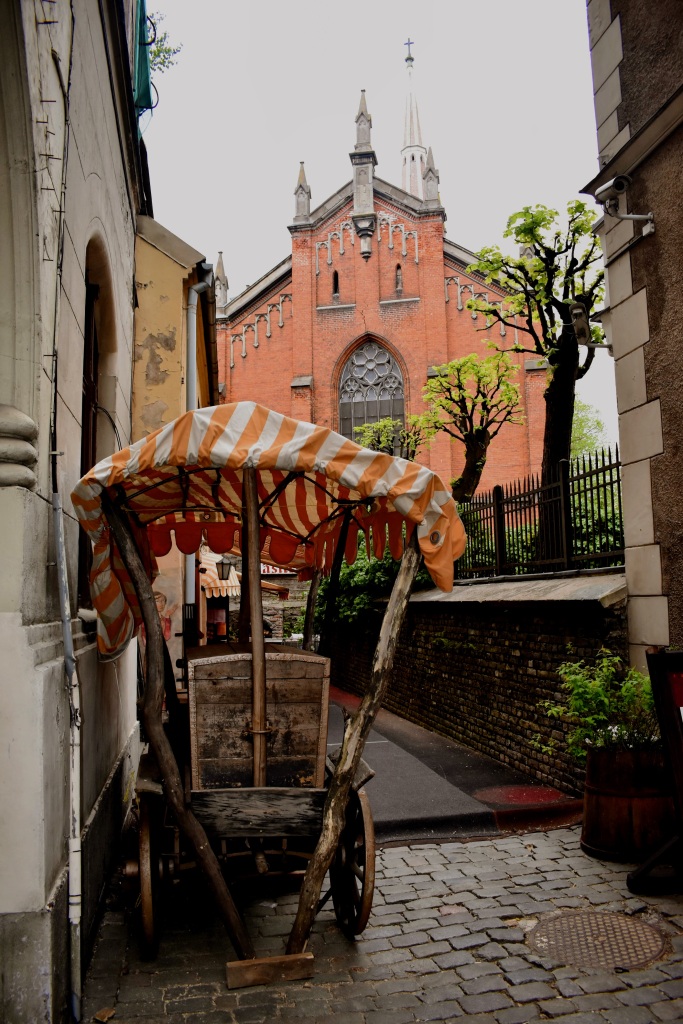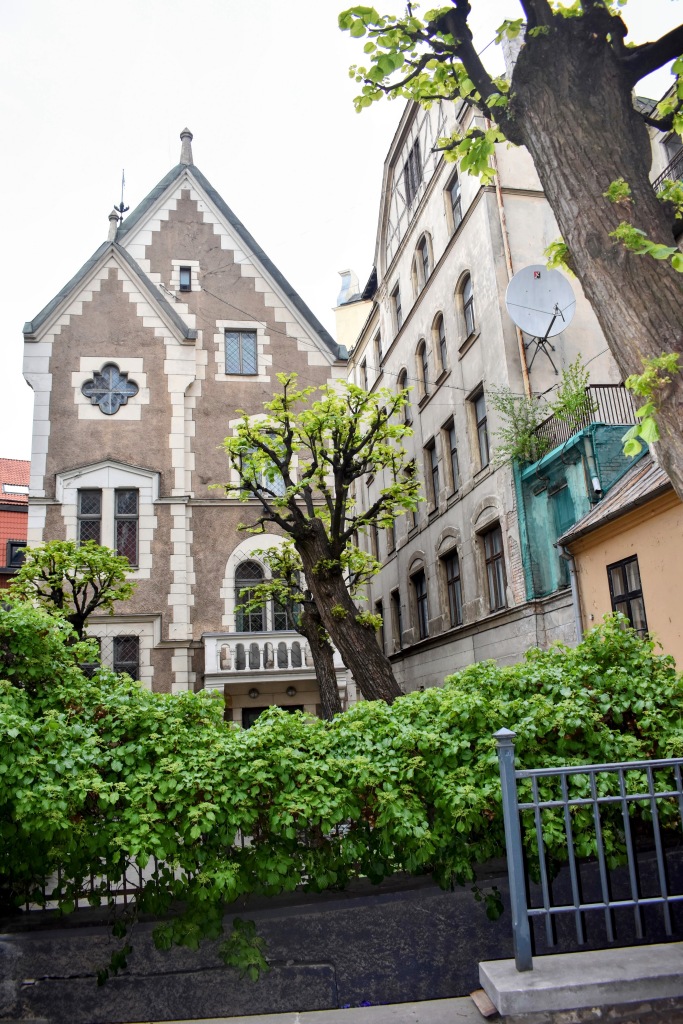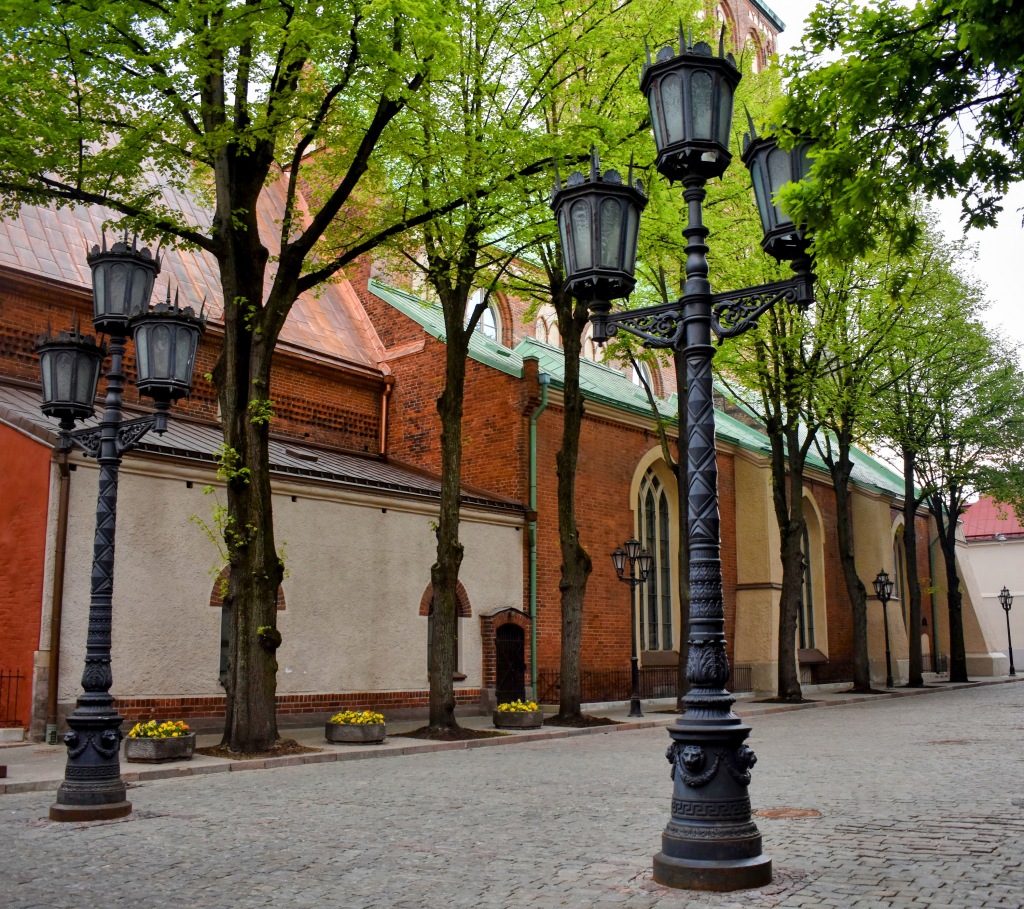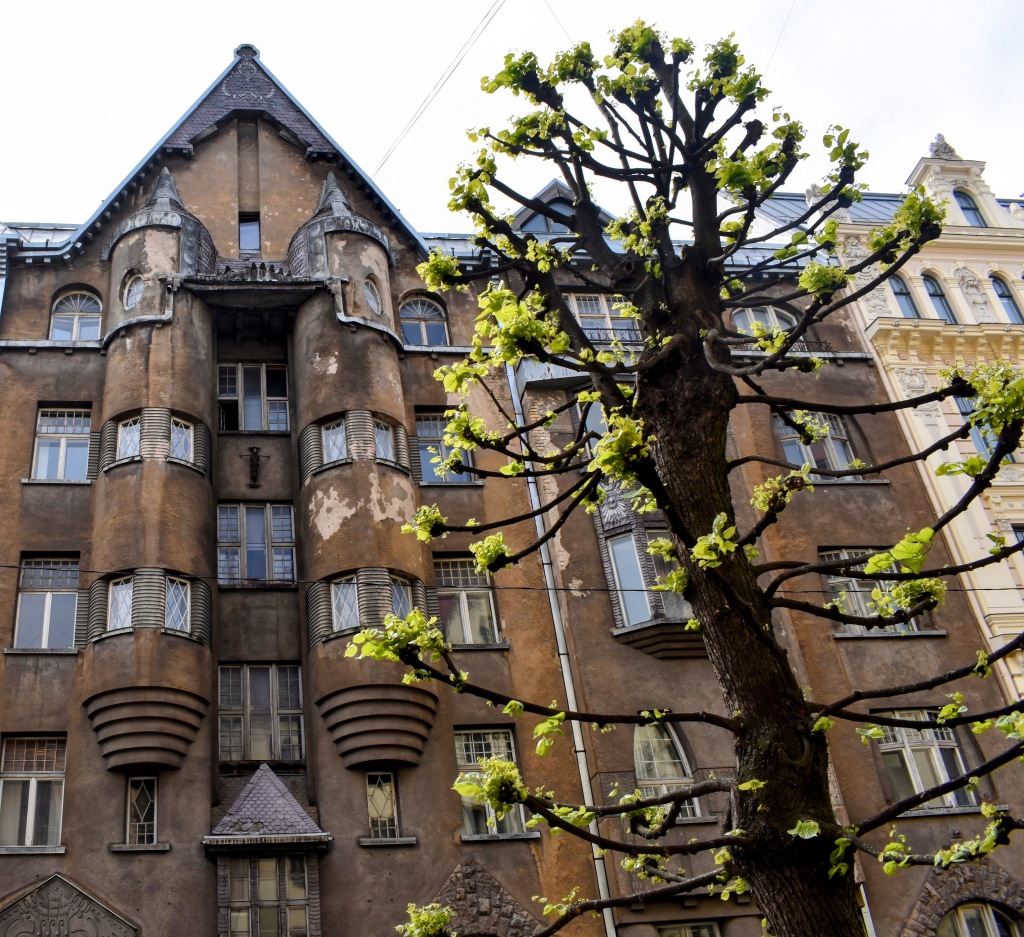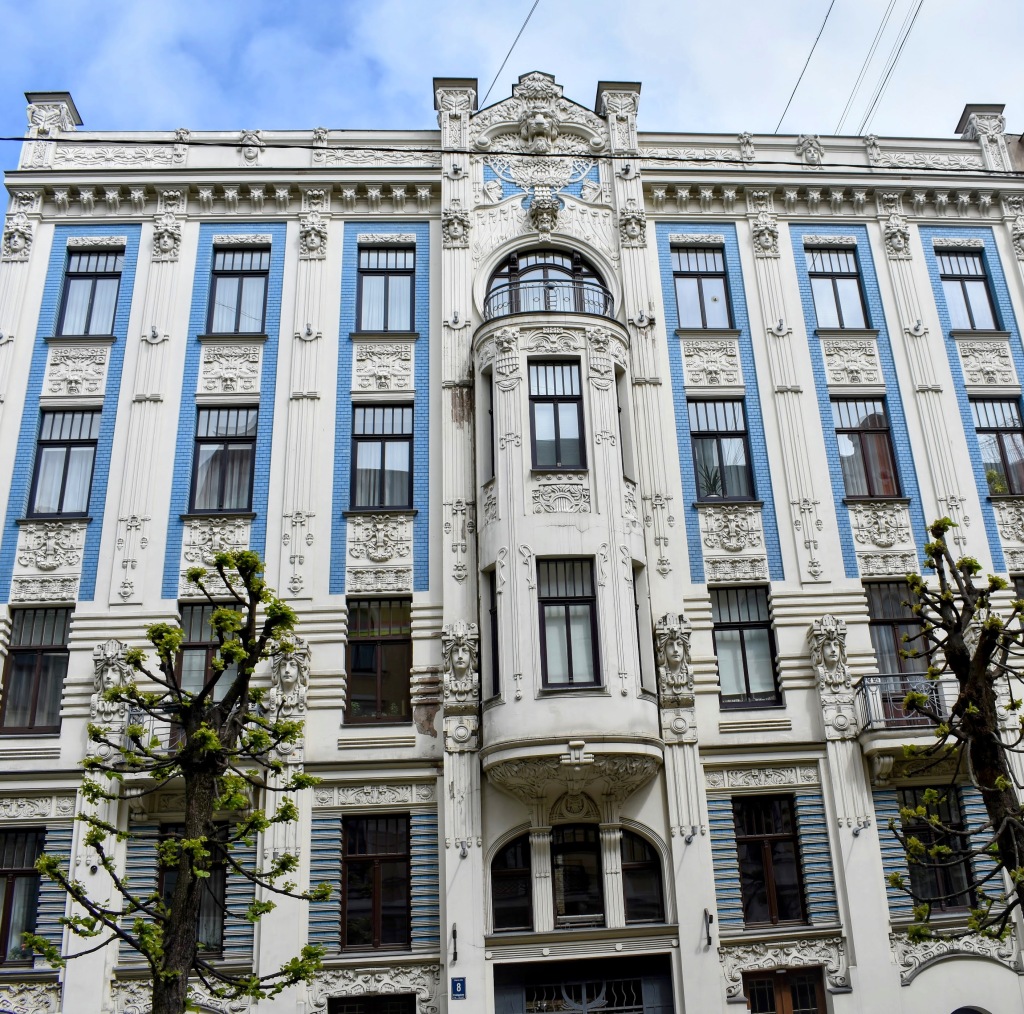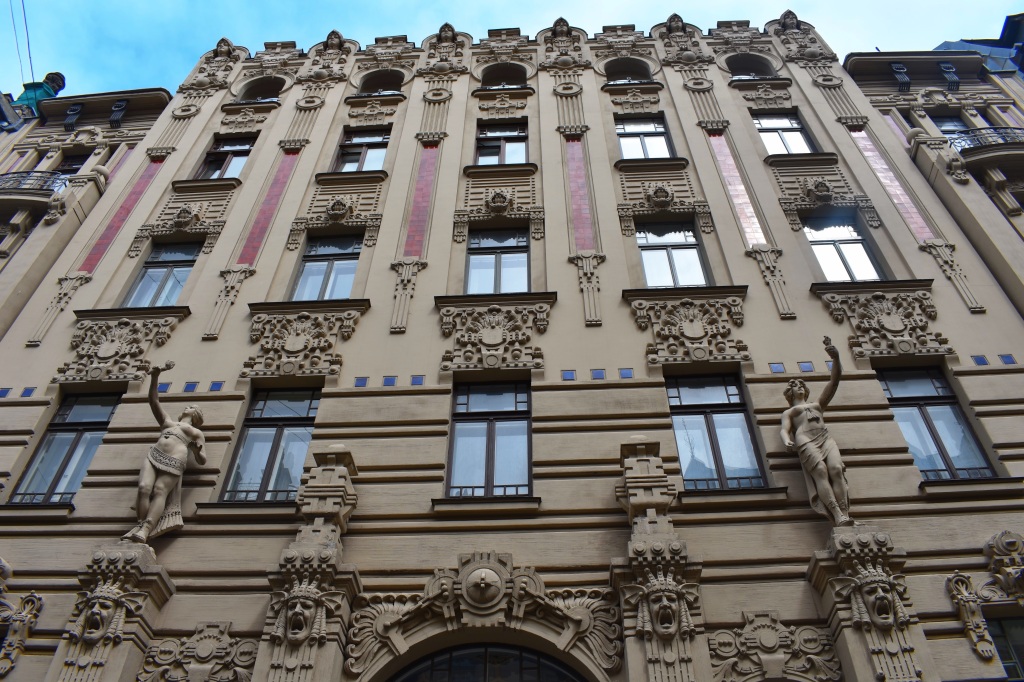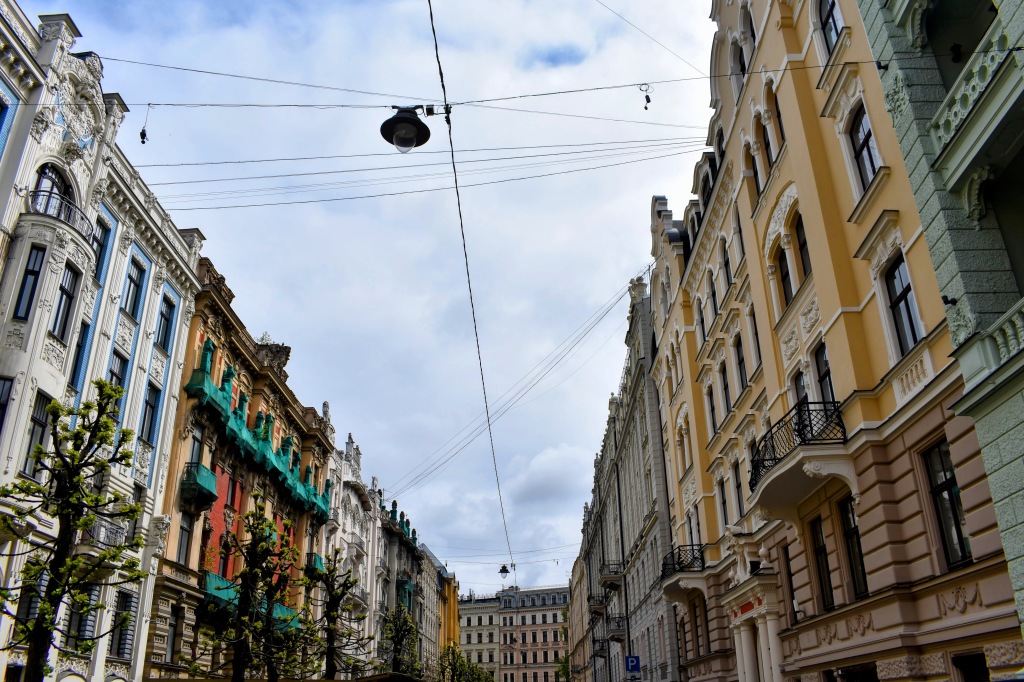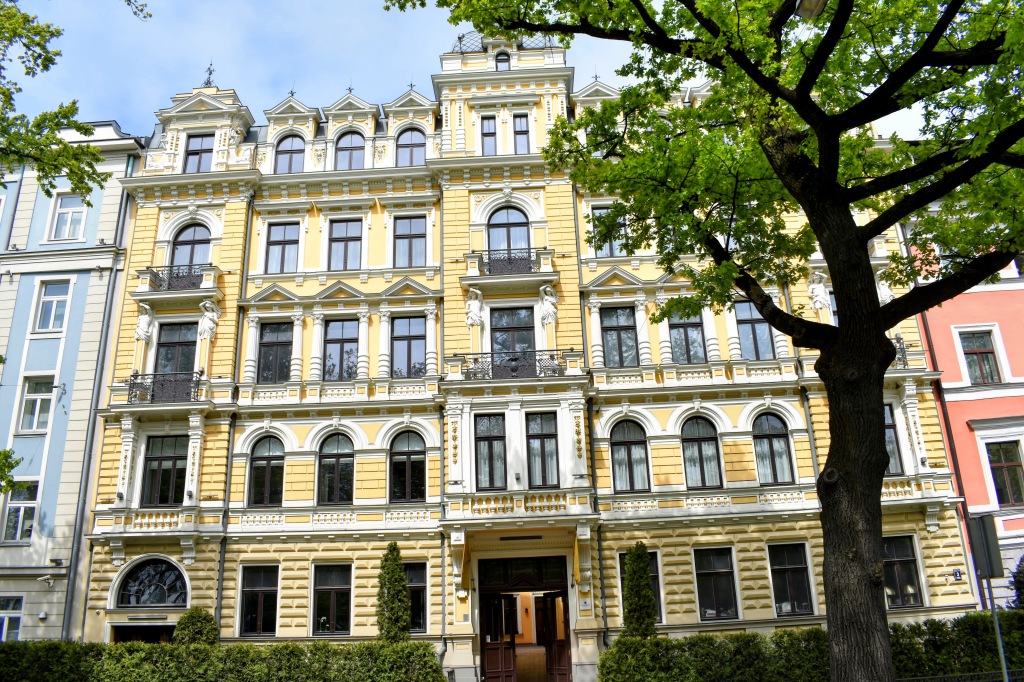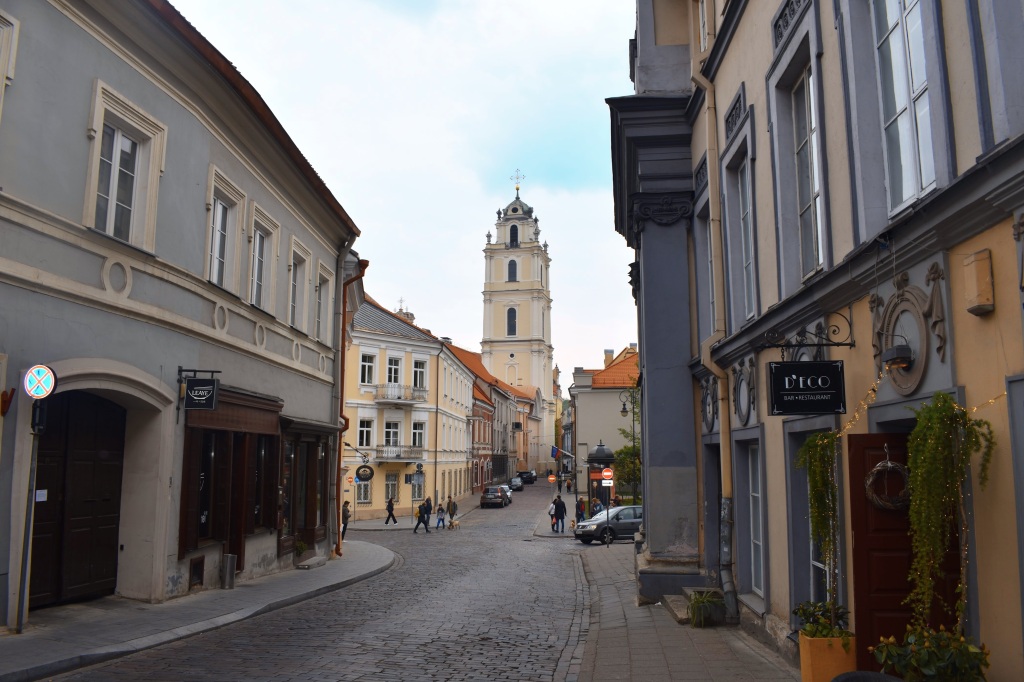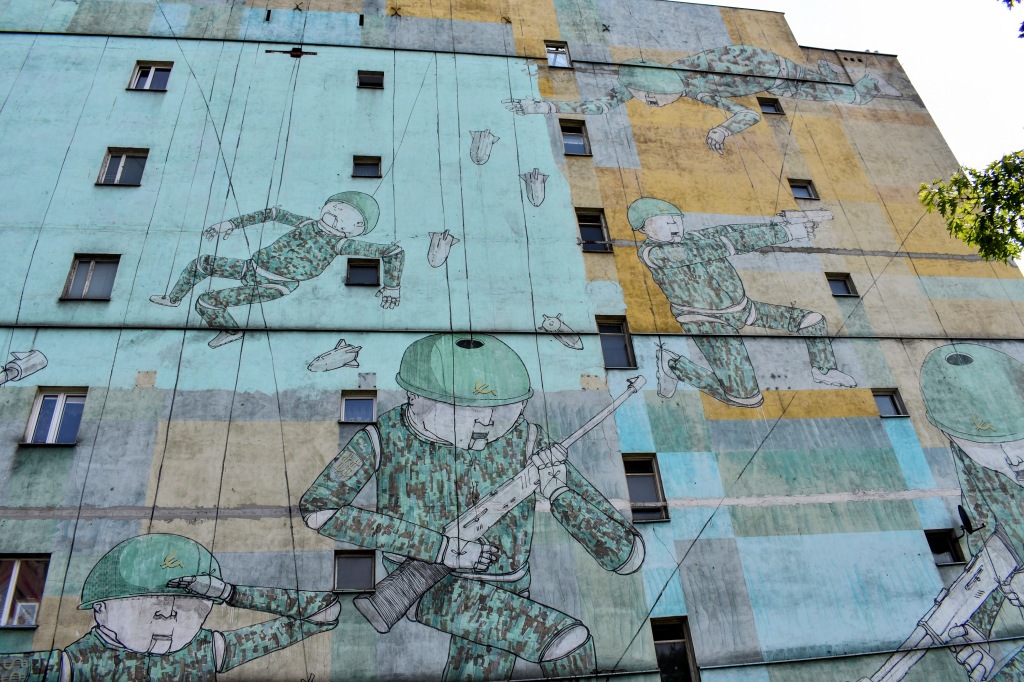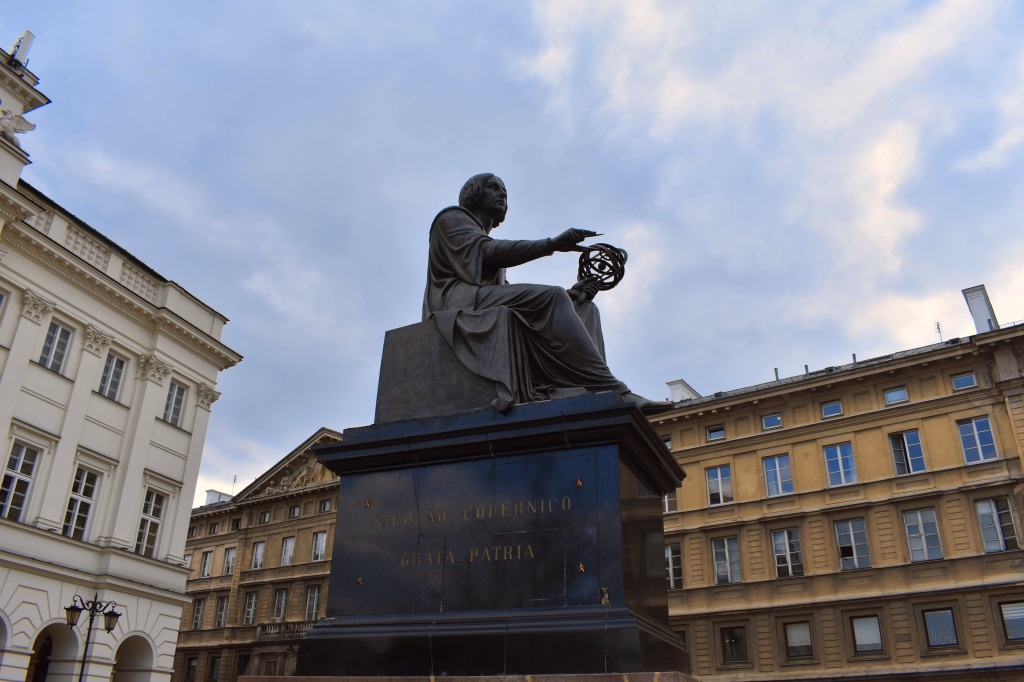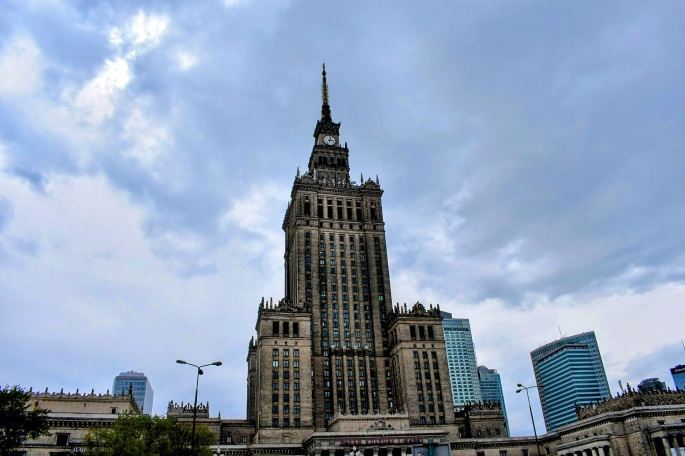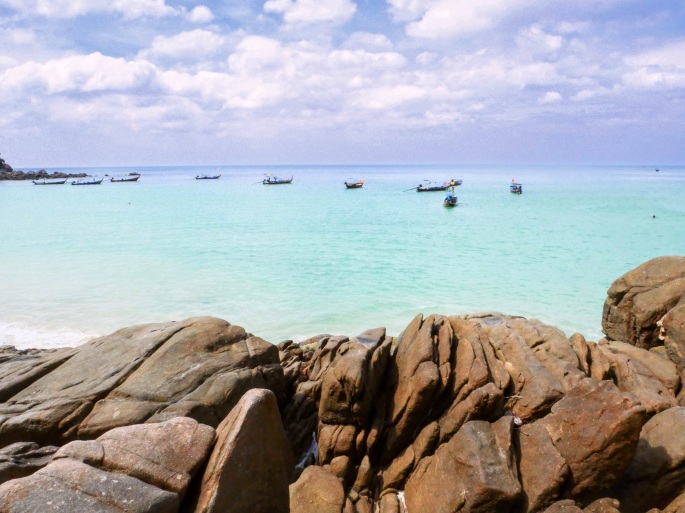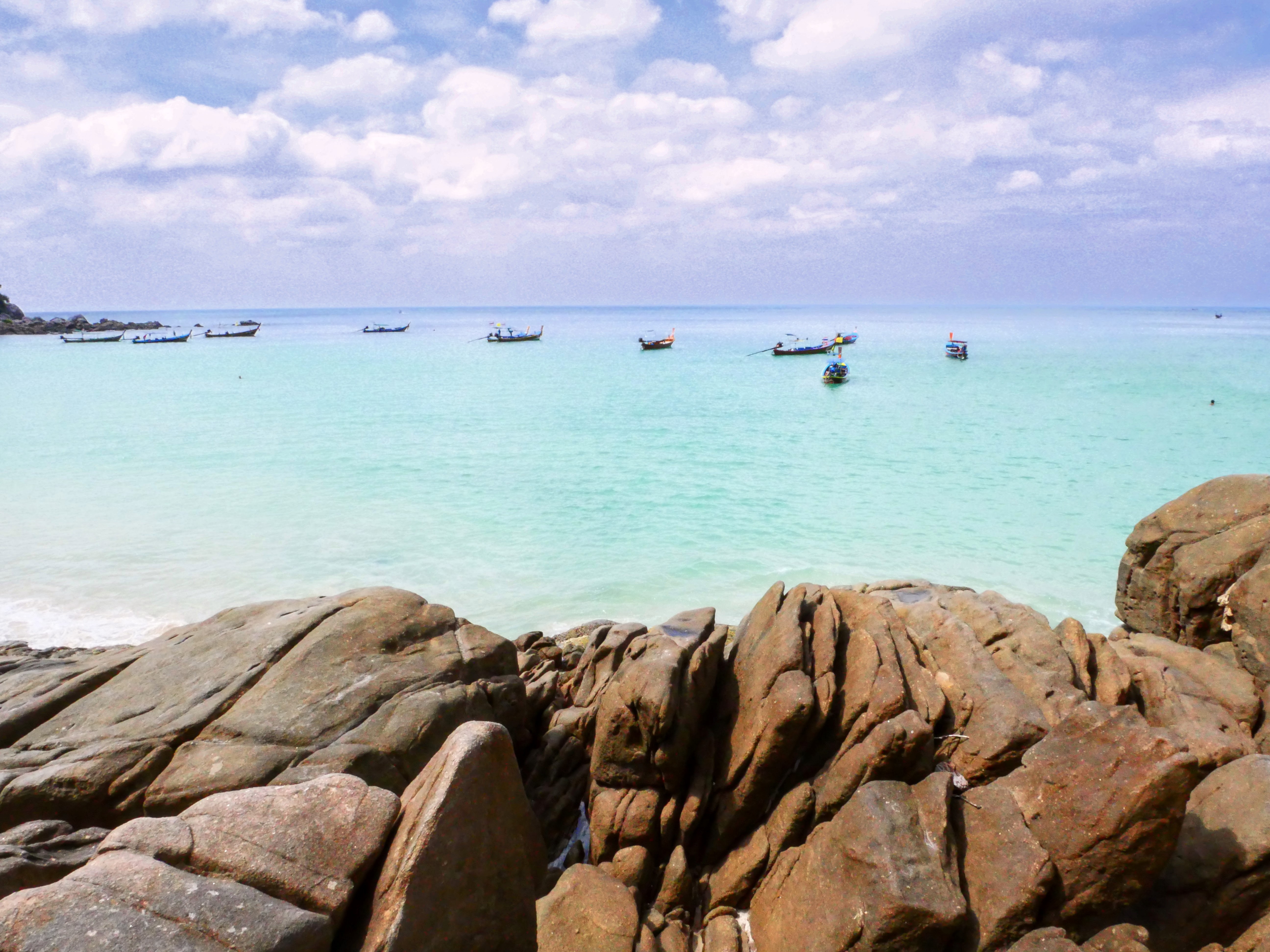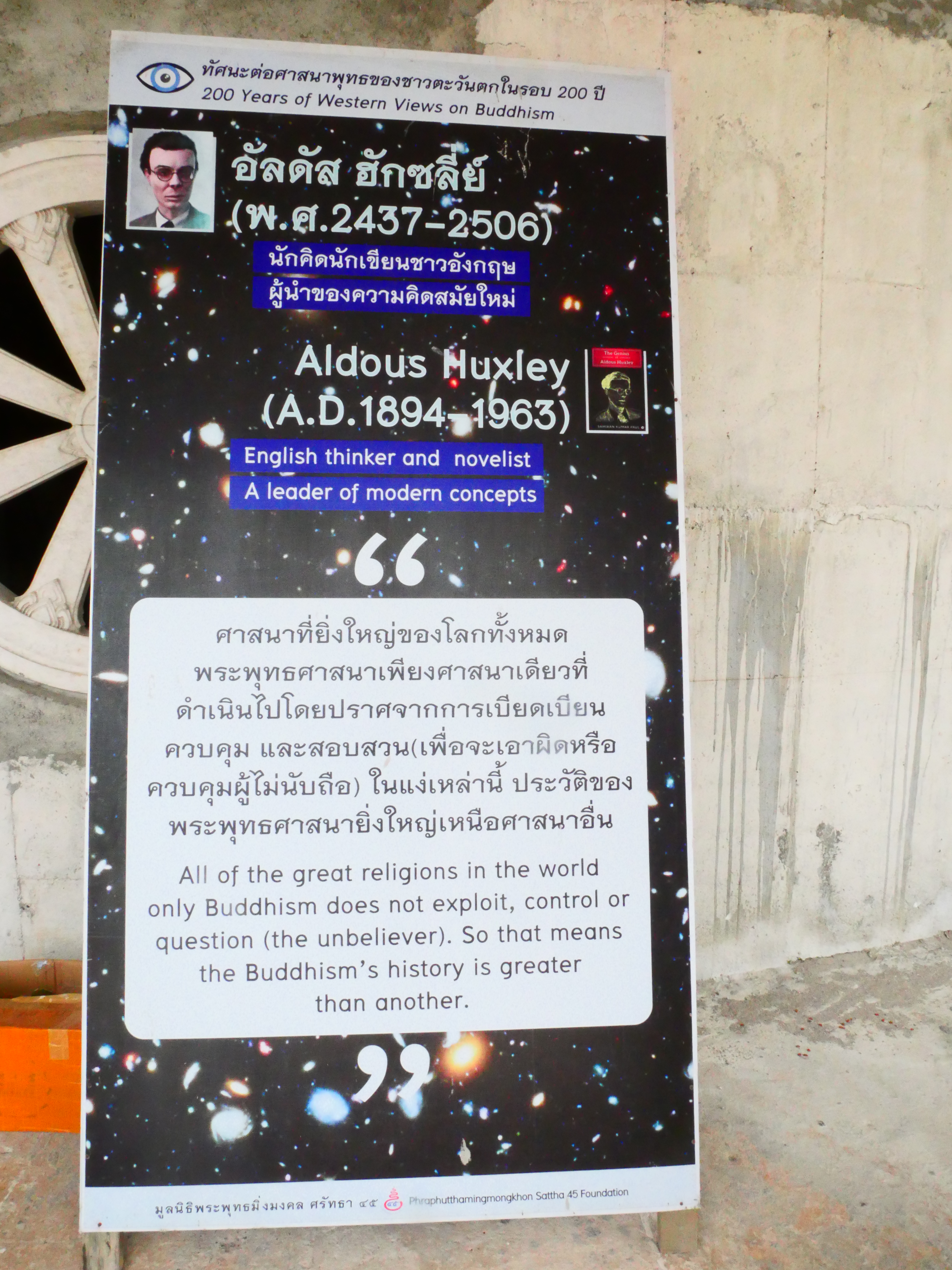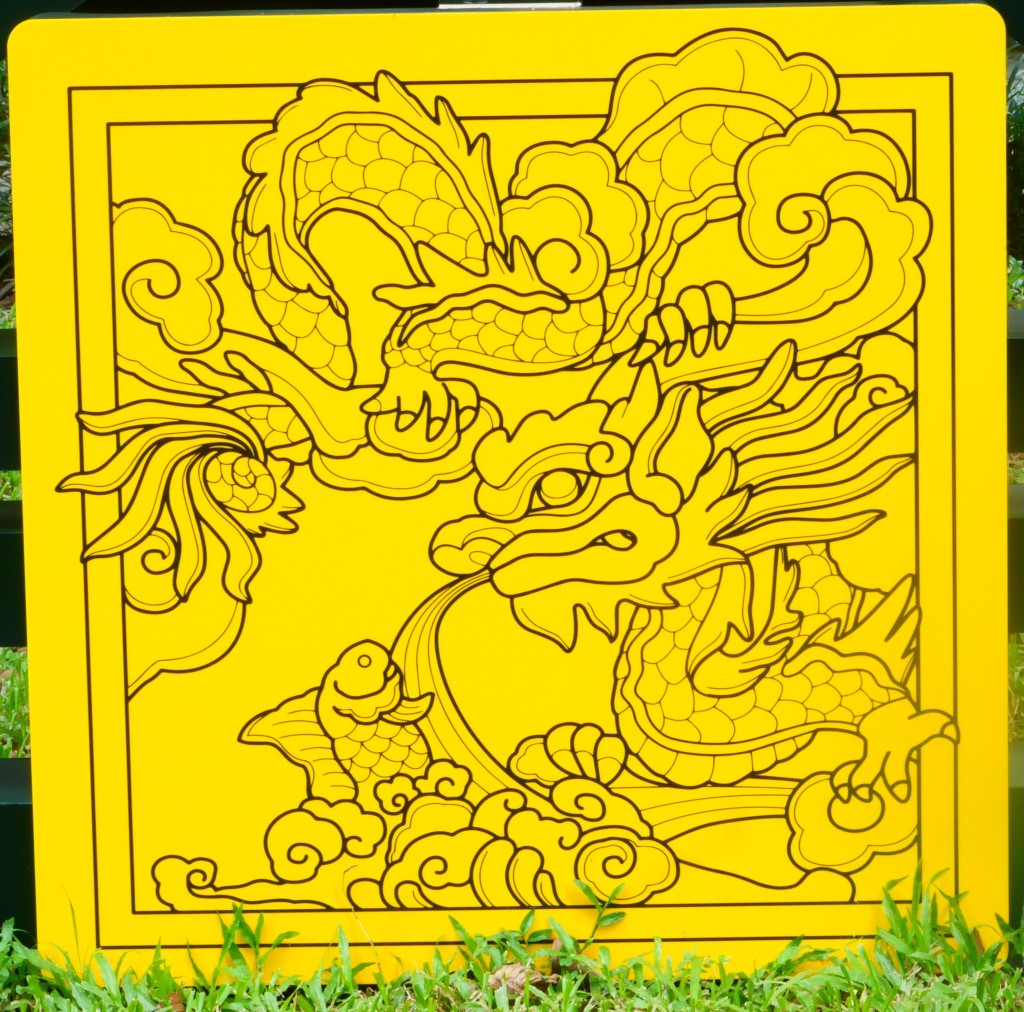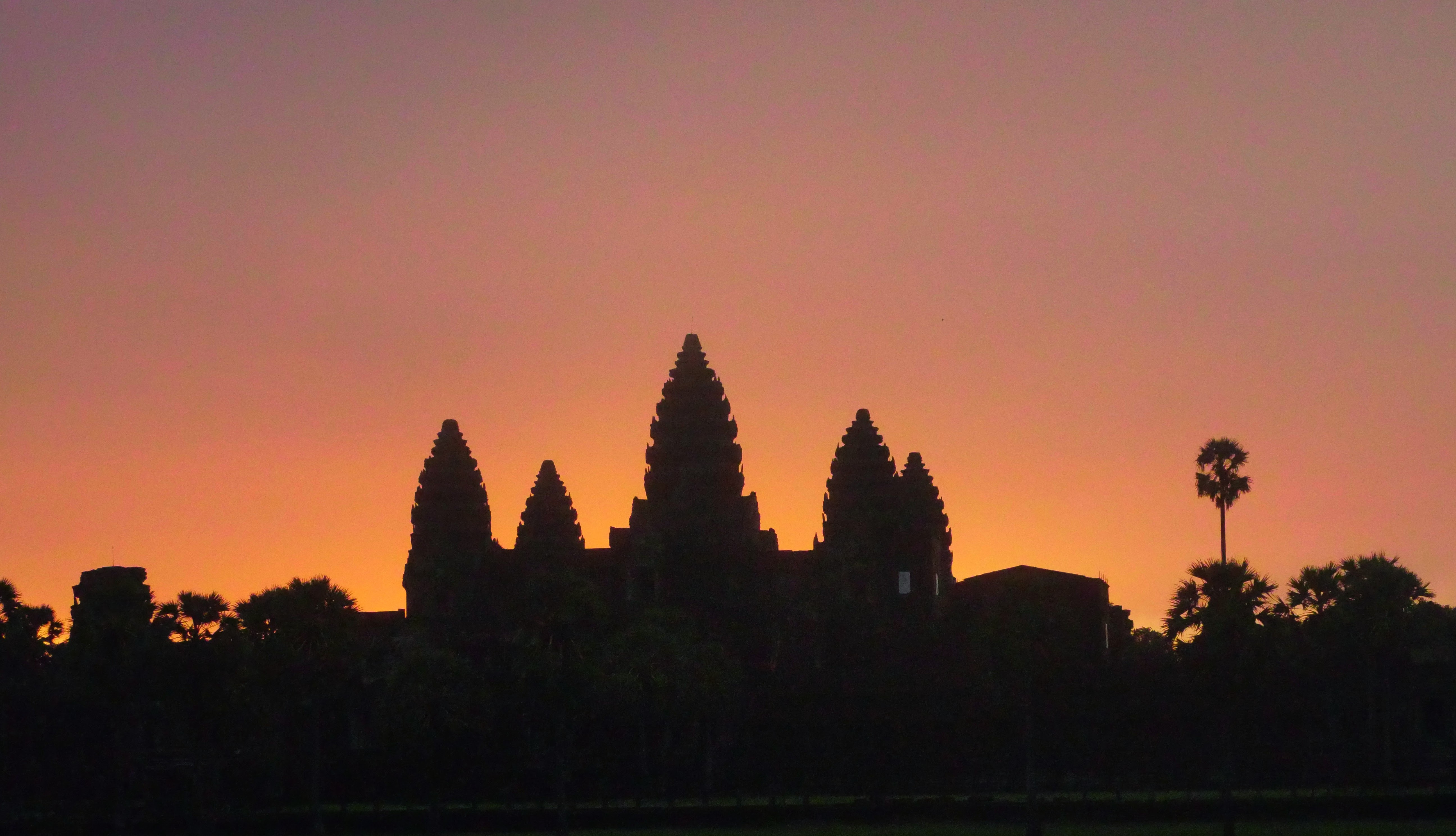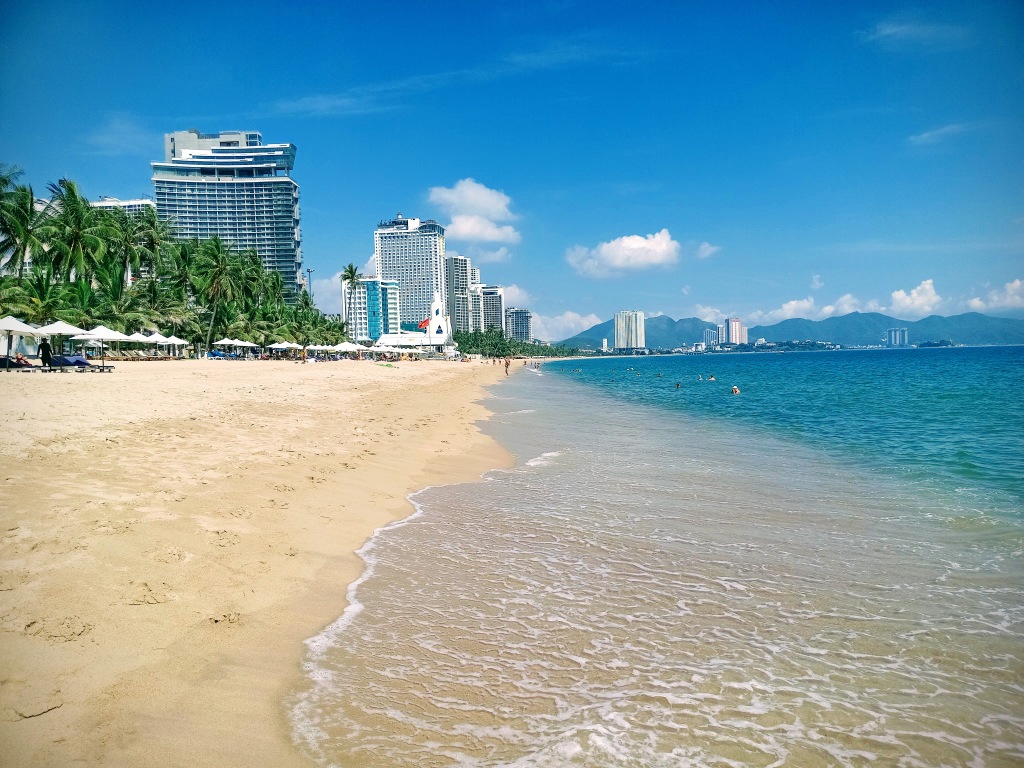The 29 of May 2019 I got on a train at the Kazan railway station at around 2 p.m.
I was about to adventure on a trip of 14 hours that would have covered a distance of 1000 km.
The next stop on the trans – Siberian railway trip was the city of Yekaterinburg, the administrative centre of Sverdlovsk Oblast and the Ural Federal District.
The fourth-largest city in Russia.
I slept most of the time during the long traversing that would bring me closer to Asia than ever before.
It was a relatively quiet trip, with a bunk buddy to chat about during the waking times.
His name was Alexey.
He was travelling back to Yekaterinburg, after a few days of vacation in Kazan.
He was extremely friendly, despite the language barrier that forced us to speak through the translator app.
And that could happen only the very few times we were online, of course.
The man was an employee of Gazprom and had not been shy about criticizing Putin.
He was getting paid too little for his job, something that was hard not to believe.
You know that saying that the world is a village, right? It is a cliché that travellers often find themselves reaffirming despite their strong exploration drive.
We got to the Yekaterinburg railway station at 6 in the morning.
We shared a strong Russian hug with Alexey, before saying goodbye to each other.
He also gifted me with some fridge magnets, proving once again that generosity is not a secondary value in this part of the world.
I got a taxi that took me to the Richmond Hotel on Malisheva Street 136, just in front of the Institute of Physics and Technology, on the east side of the city.
The place was nicely decorated and looked really high level in terms of service and facilities.
My room was spacious and bright.
I dropped the luggages and took a quick shower, before reaching the top floor where they were serving breakfast.
I got an omelette, a butter croissant, black coffee and some fruits.
It was a beautiful, sunny day outside.
A pleasant glow flowed through the glass that surrounded the roof bar.
I felt incredibly energized.
I just couldn’t wait to grab my camera and go out exploring.
Which I did, about an hour later.
It was still early morning and the city was buzzing.
While the taxi was hustling on a dirty road with heavy traffic, I had immediately the impression that something had shifted.
That was a perception of the distinctive chaos embedded in every Asian metropolis.
The city of Yekaterinburg is located on the Iset River between the Volga-Ural region and Siberia, with a population of roughly 1.5 million residents, up to 2.2 million residents in the urban agglomeration. Yekaterinburg is the fourth-largest city in Russia, the largest city in the Ural Federal District, and one of Russia’s main cultural and industrial centres. [1]
Wikipedia
My first stop was the Sevastyanov’s house on Lenin Avenue, in the heart of the city.
During the Soviet years, the first labor exchange in the country was based in the mansion, and then the regional council of trade unions. In 2008, the building was completely restored as the residence of the President of Russia at the SCO summit. [2]
Senator Business Hotel
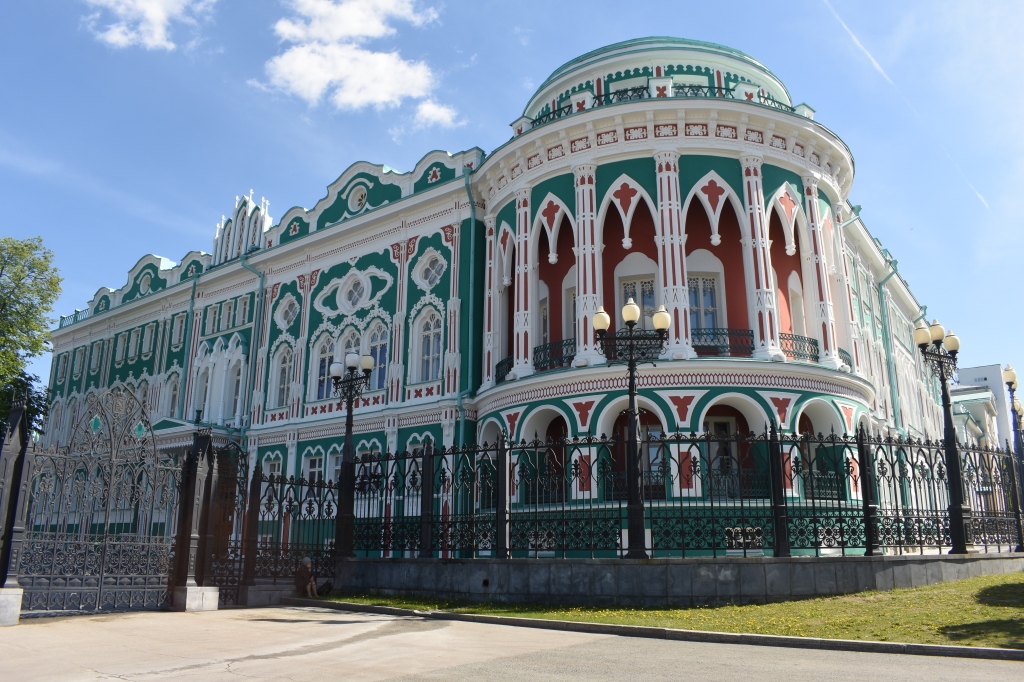
I then walked Northside along the Iset River basin to reach one of the most suggestive point of the city.
The site of the once so-called Ipatiev House, built in the 1880s, and owned by Nicholas Ipatiev.
During the February revolution, the house was vacated and surrounded by wooden walls by the Soviet.
Here, the Romanov, the last royal family of Russia, were taken captive for 78 days.
With the Czechoslovak Legions fighting with the White Army against the Bolsheviks and advancing inexorably towards Yekaterinburg, the Reds feared an attempt to liberate the royals.
In the early hours of 17 July 1918, the Tsar Nicholas Alexandrovich, Tsarina Alexandra Feodorovna, Grand Duchess Olga, Grand Duchess Tatiana, Grand Duchess Maria, Grand Duchess Anastasia and Tsarevich Alexei—were taken to the basement of the Ipatiev House and were murdered by being shot and bayoneted. Czechoslovak Legions captured the city less than a week later. [3]
Wikipedia
If you don’t follow the Netflix Series “The Crown”, there’s an interesting episode of the fifth season, called indeed “Ipatiev House”, which re-enacts the final moments of the lives of the Romanov’s and their brutal murder.
It is a very fascinating story because in reconstructing the British crown’s ties to the Romanov’s family, – the Tsar Nicholas II was the cousin of King George V, who was the Queen’s grandfather – hints to the possibility of King George and his wife Queen Mary might have sent a ship to rescue Nicholas II and his family.
They apparently decided not to, for reasons that are still unclear and that the British series on Netflix will address in this episode.
Fast-forward to 1991, the remainder of the episode deals with the communist Soviet Union collapse and Boris Yeltsin taking control. Soon the queen learns that years earlier, when Yeltsin was a lower government official, he ordered the destruction of Ipatiev House.
The British royals will then work to tight relations with Russia with an effort to find the Romanov remains and give them a dignified rest.
85 years after the execution of the former imperial family, that same place has given home to an impressive memorial complex dedicated to them.

I kept walking along the Iset, heading south this time.

At this point, I casually came across another interesting landmark of the city that to my surprise had nothing to do with the history of Russia.

During the Soviet era, the regime considered the Beatles to be part of the Western propaganda machine, spreading anti-Soviet messages, and so listening to the banned musicians was risky. To be caught listening to their music, in possession of their albums, or dressing as though you look like you might, meant people chanced potential travel bans and trouble from government officials. [4]
Culture Trip
Despite the Soviet propaganda, the Beatles influence was huge on Russian youth, and it comes at not surprise that after the collapsing of the USSR, the desire to celebrate the band was finally channelled.
After dedicating a secular prayer at the mural of Chester Bannigtong, leader of my beloved Linkin Park, hosted in the same spot, I walked back to Lenin Avenue.

I got a sandwich at a grocery store and I decided to enjoy my lunch in the sun, sitting across “The Passage” shopping mall.

I remember reflecting on the fact that the historical, cultural stratification of a city is an interesting phenomenon.
The presence of many symbols, that apparently have nothing in common, but that can coexist in an environment without any constriction.
You might find streets and monuments dedicated to a murderer like Lenin in a city that also celebrate culture and arts, with 41 libraries and 50 different museums.

It is a very fascinating contradiction that reveals revisionisms and errors, evidently.
But, at the end of the day, I believe that the only way to let a country, a city, an entire region, thrive, is the freedom of expression.

It was time to go off the path, again.
I took a small bus on Lenin Avenue to travel about 20 kilometres west, through the E22 motorway traversing the Sverdlovsk Oblast.

It’s basically a straight line surrounded by forests of the thinnest pines, until the Tatischev memorial stone site.
You then need to walk a little bit further to reach the actual spot.

The border site is marked by a tall obelisk that stands between the two continents.

The Europe Asia Obelisk beautifully marks the border between the two continents. A line divides the monument so that half of it is on each side of the border. Furthermore, at the bottom of the monument are two rocks – one brought from the furthest west of Europe and the other from the furthest east of Asia. They symbolically meet on each side of this monument. [5]
Travel All Russia
Here’s another unforgettable moment of my journey.
I had finally made to Asia without taking any flights.
It was truly exciting.

You can hint at my smile there 🙂
I got back to town, thinking about the important milestone I hade made towards recovery.
It was a mild spring afternoon and everyone seemed very happy to be enjoying it.

I sit on the river bank, enjoying an ice cream, letting the fleeting beauty of the moment sweep away any hint of loneliness.
I couldn’t tell anyone what I was doing. But it seemed that it didn’t matter anymore.
I finally felt the eyes of someone, something, that would never judge me or abandon me, not for anything in the world.






